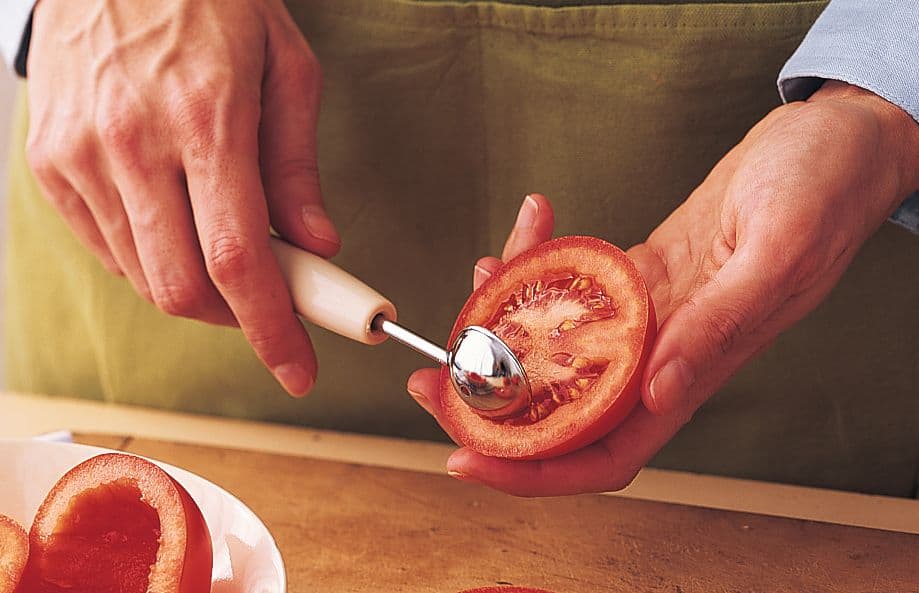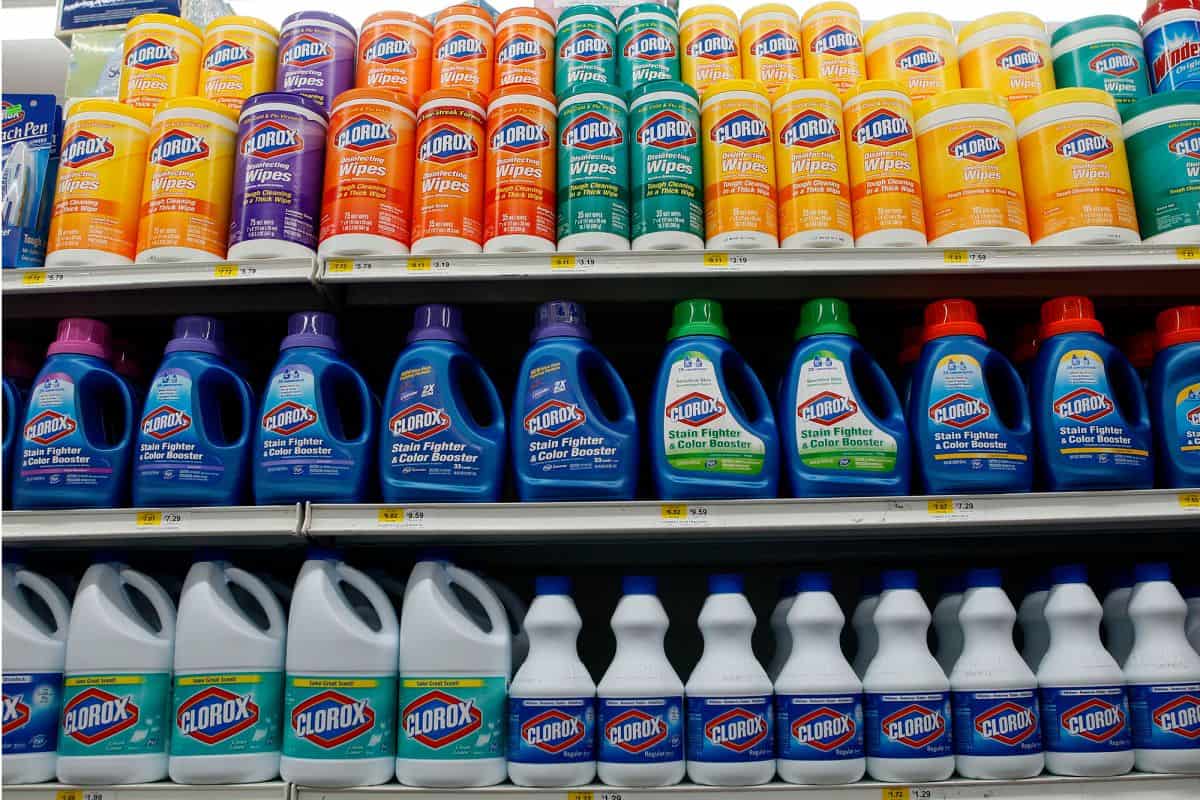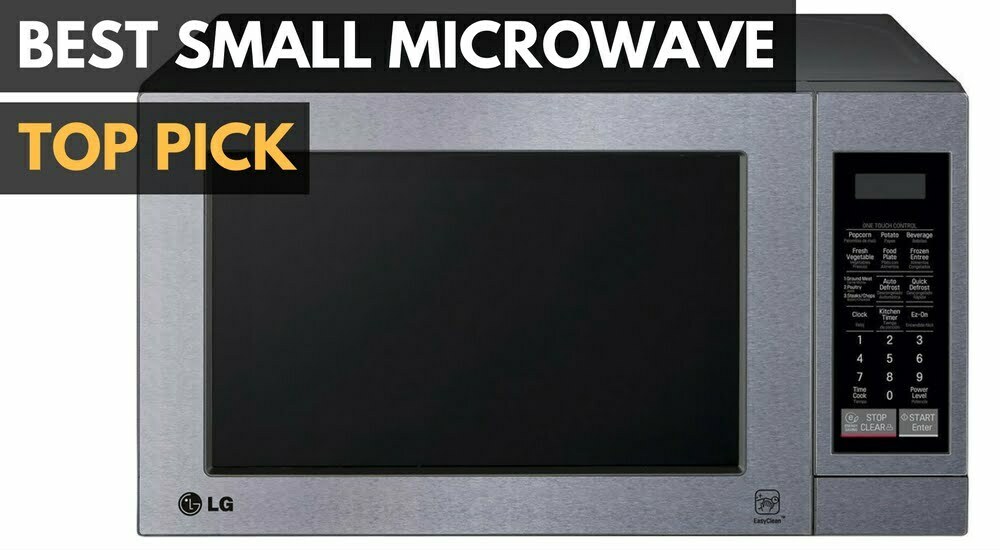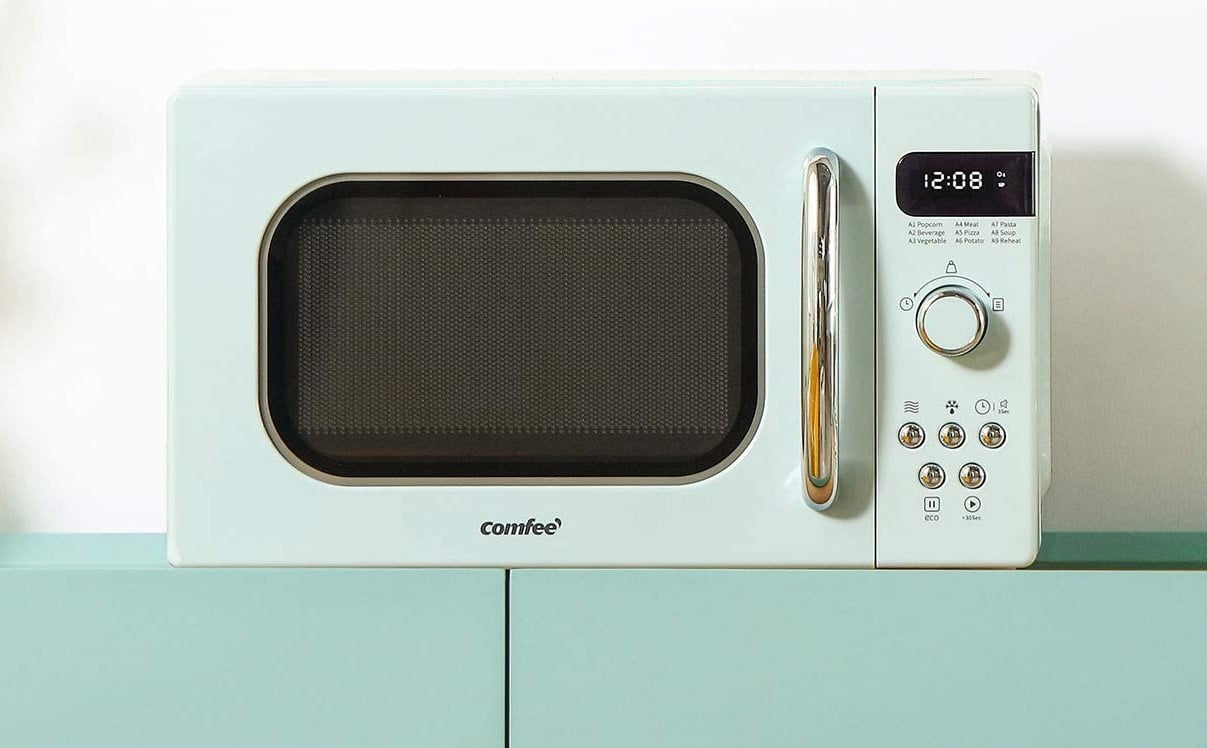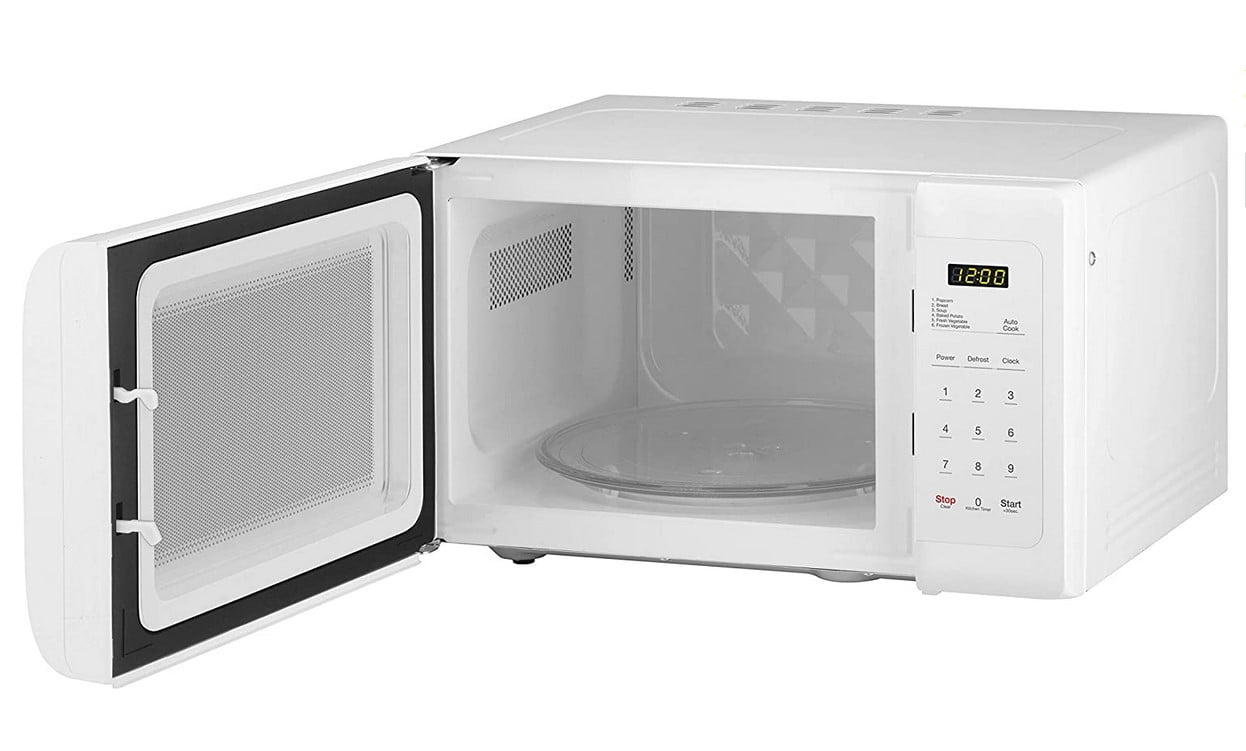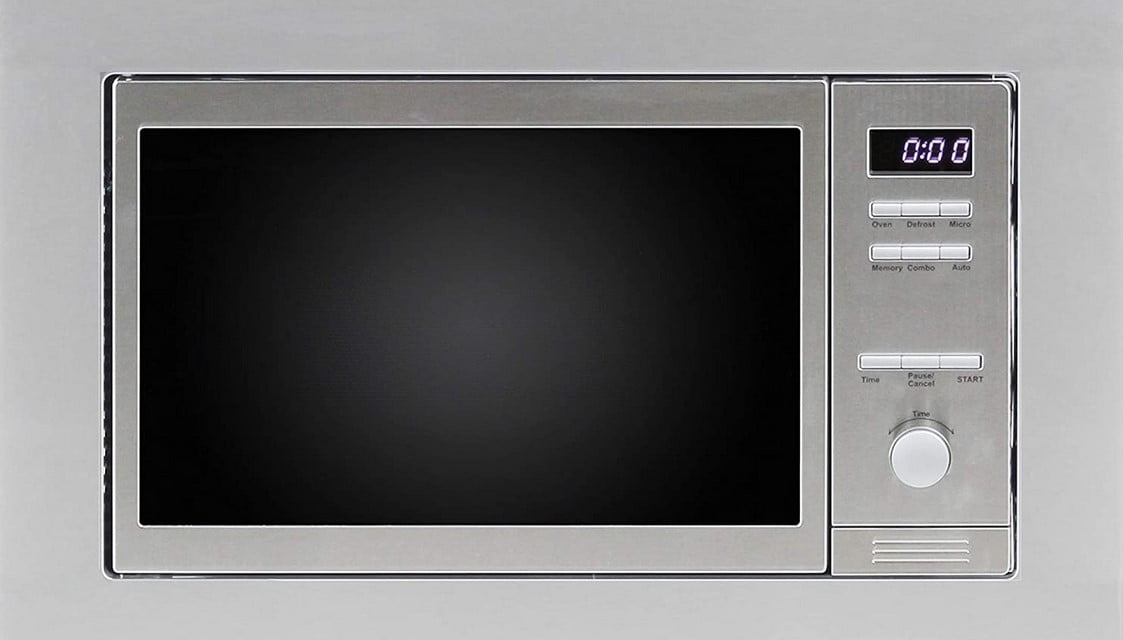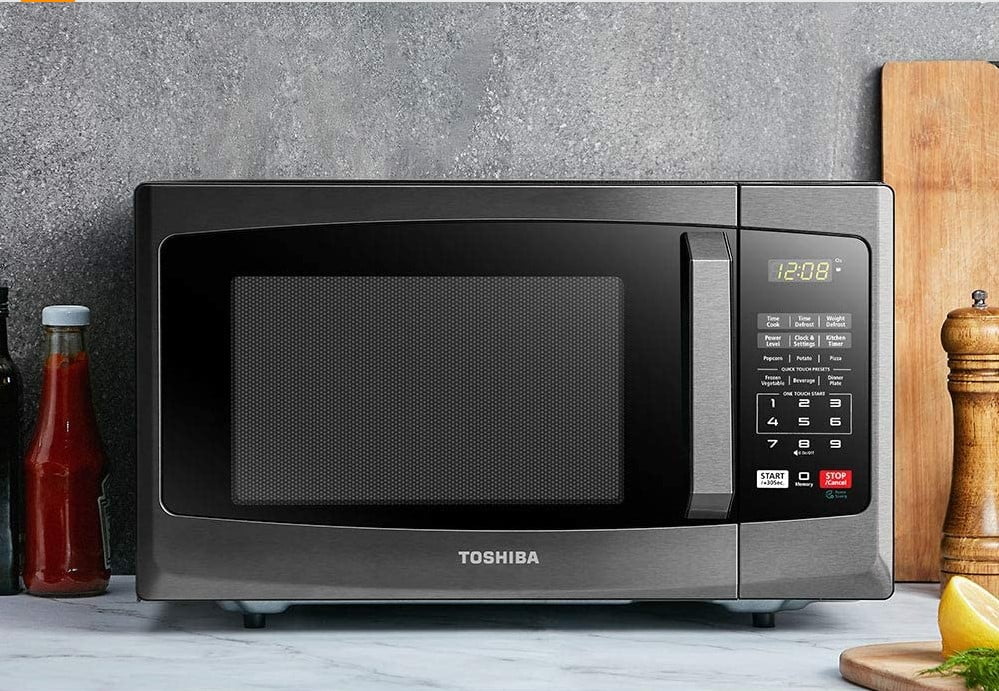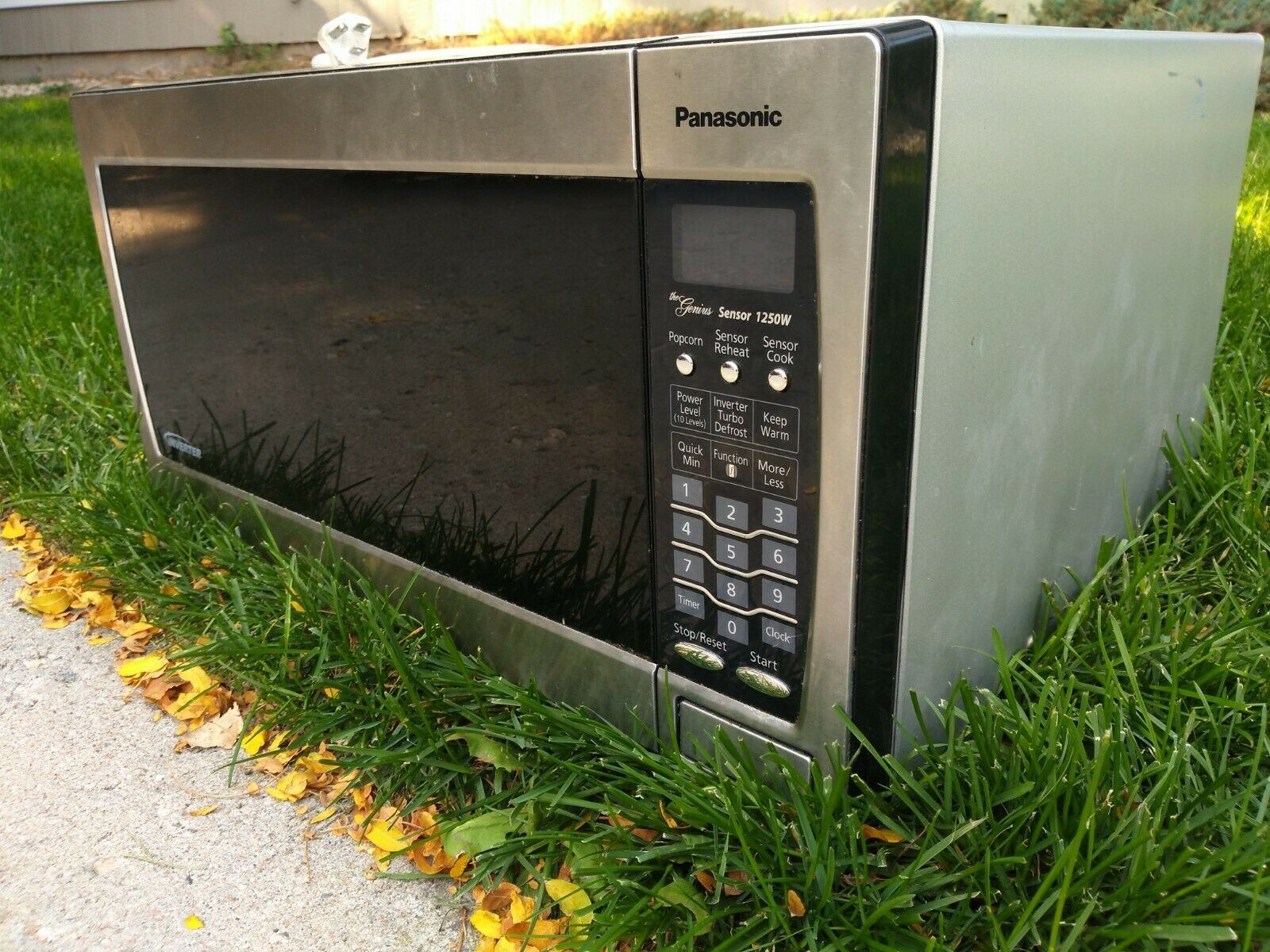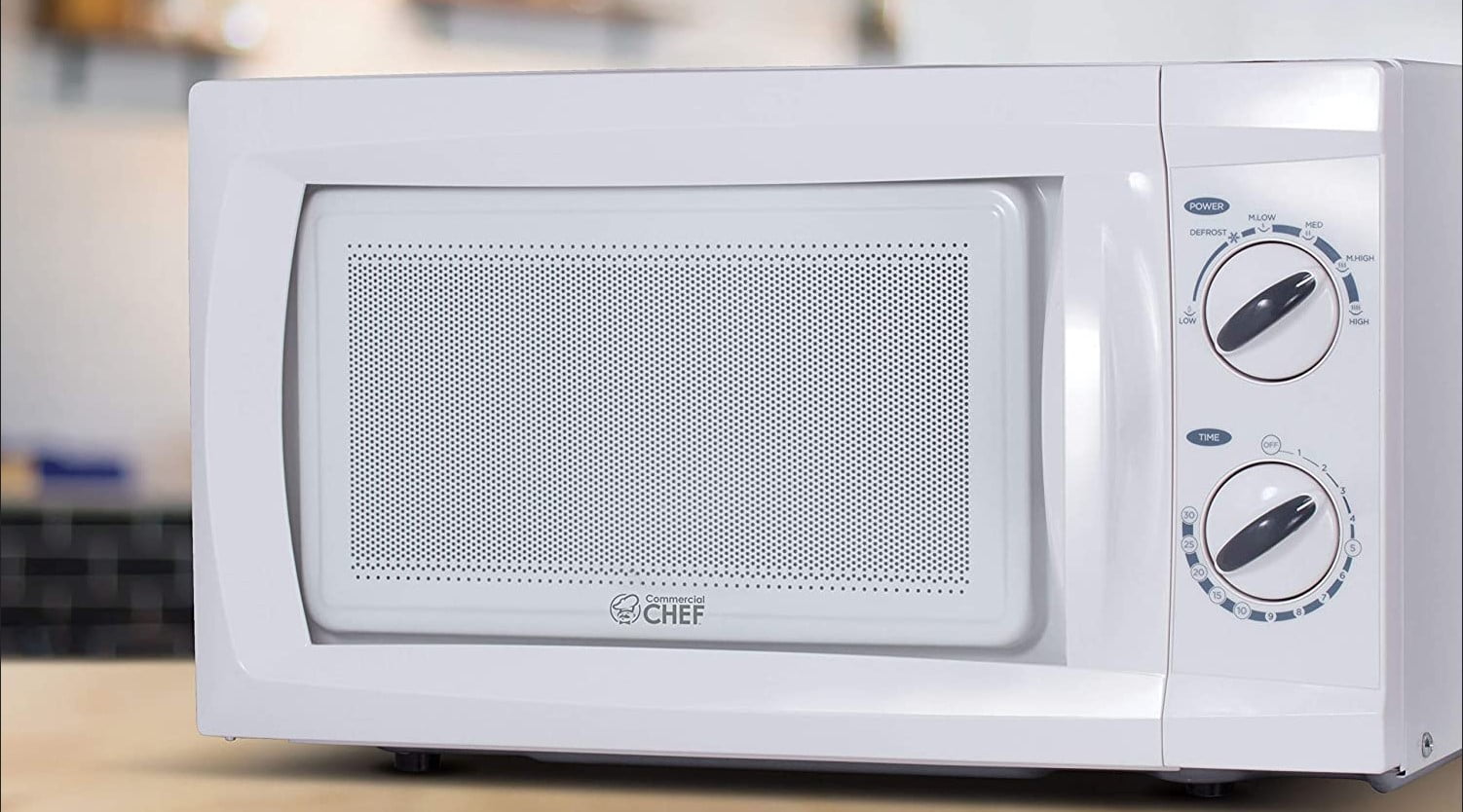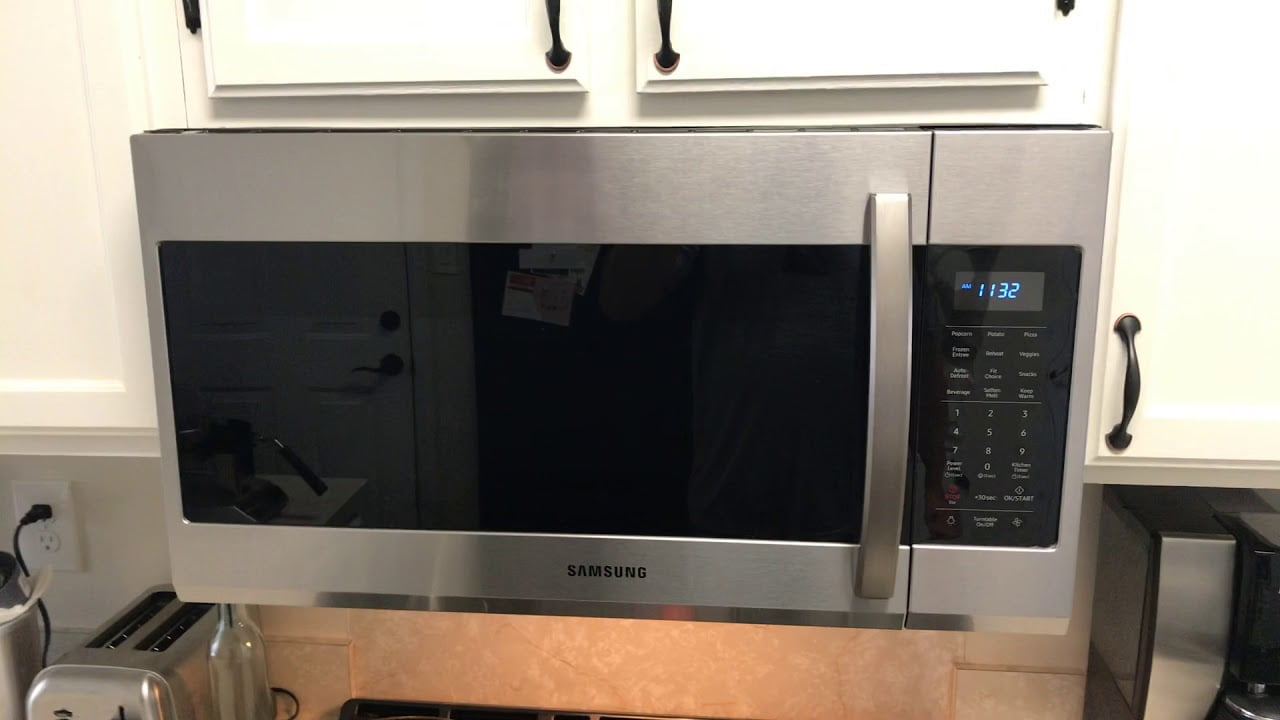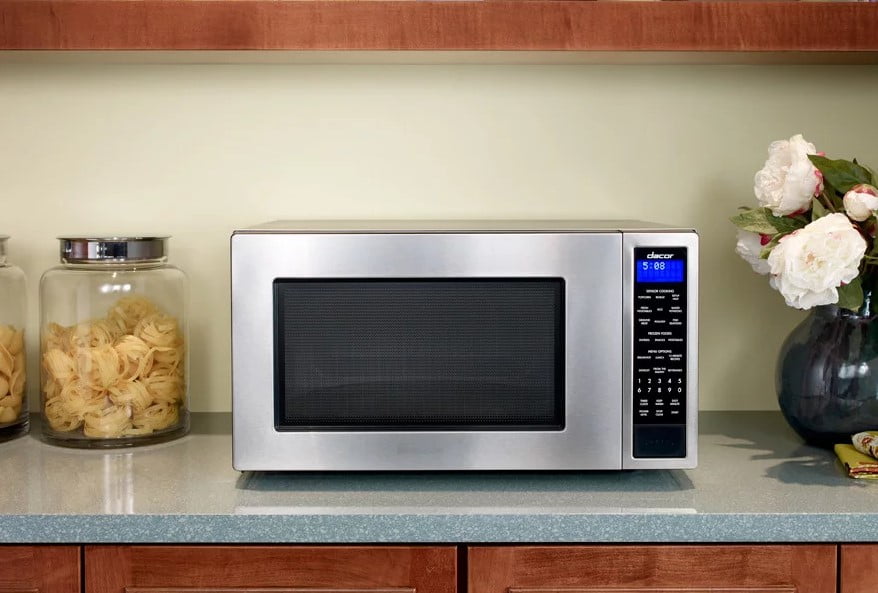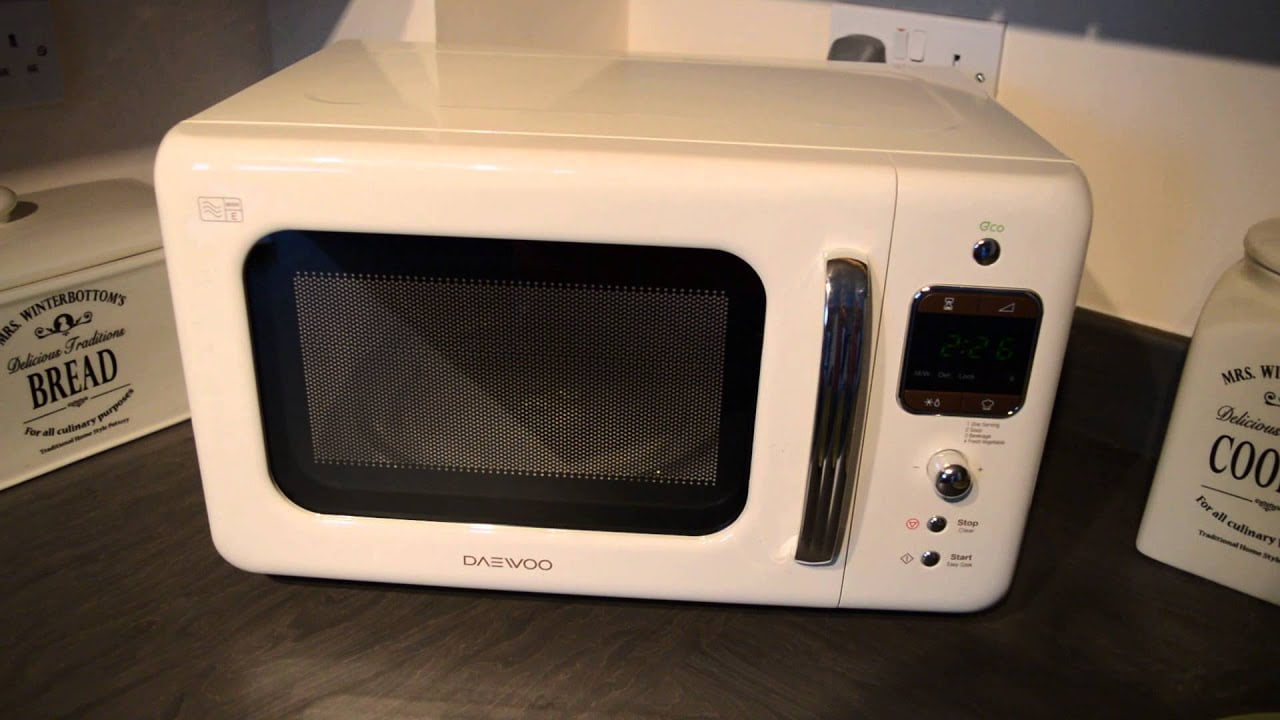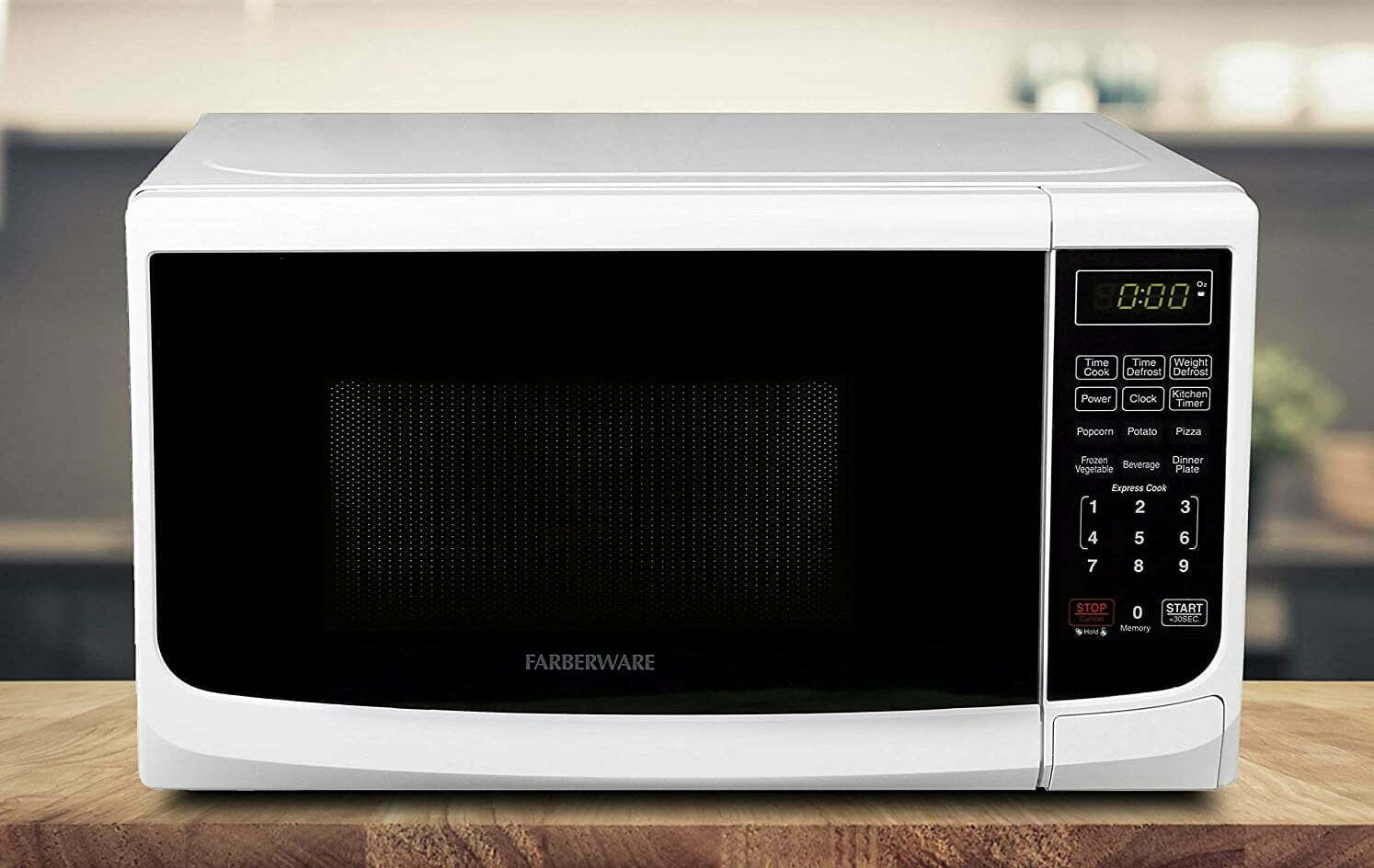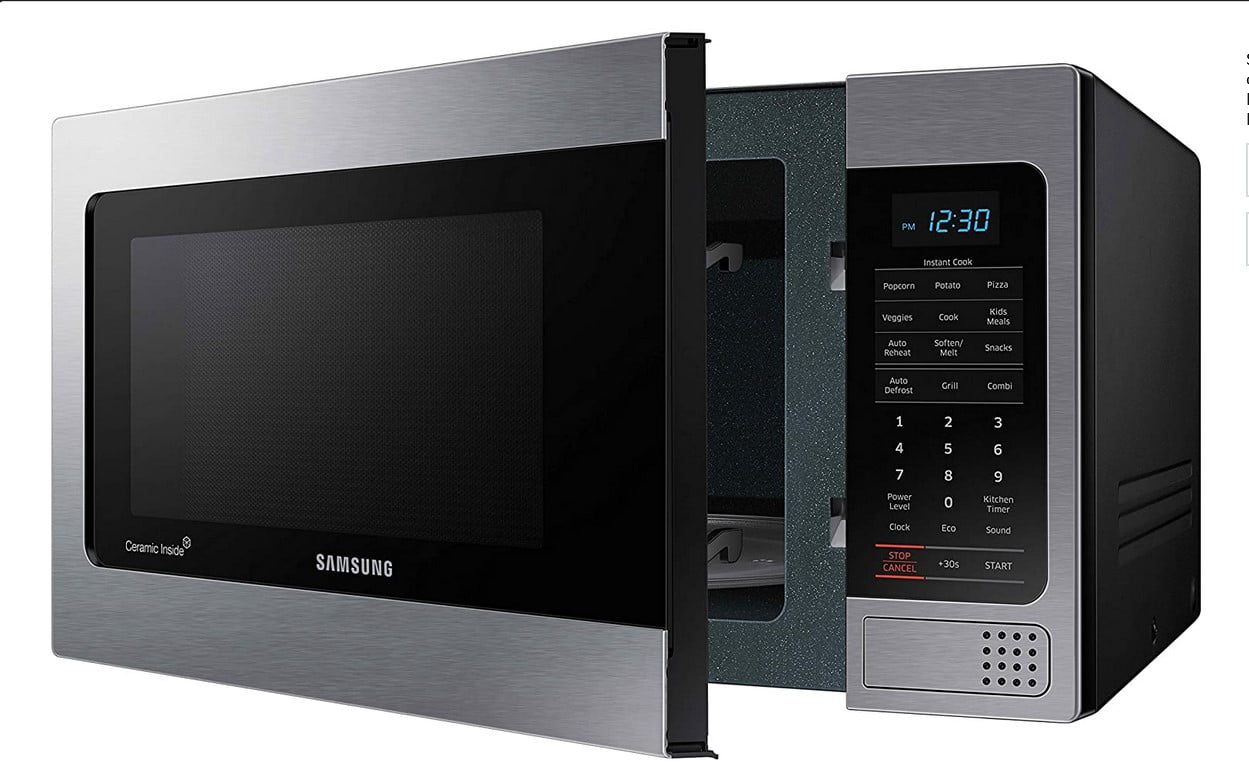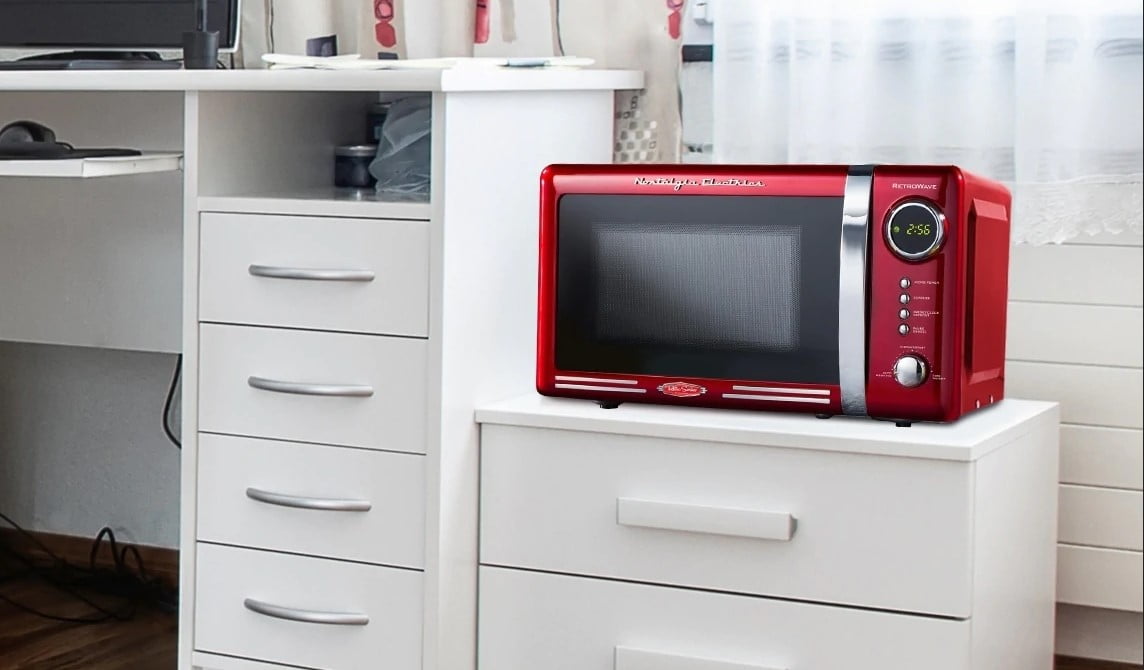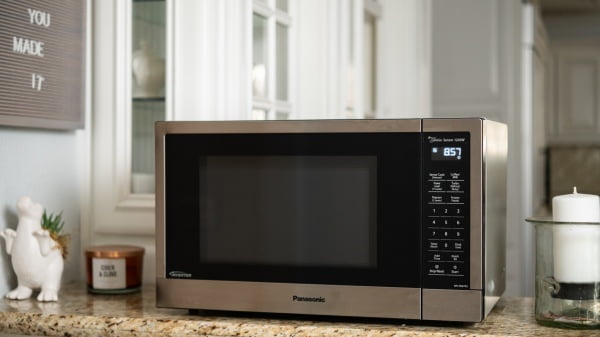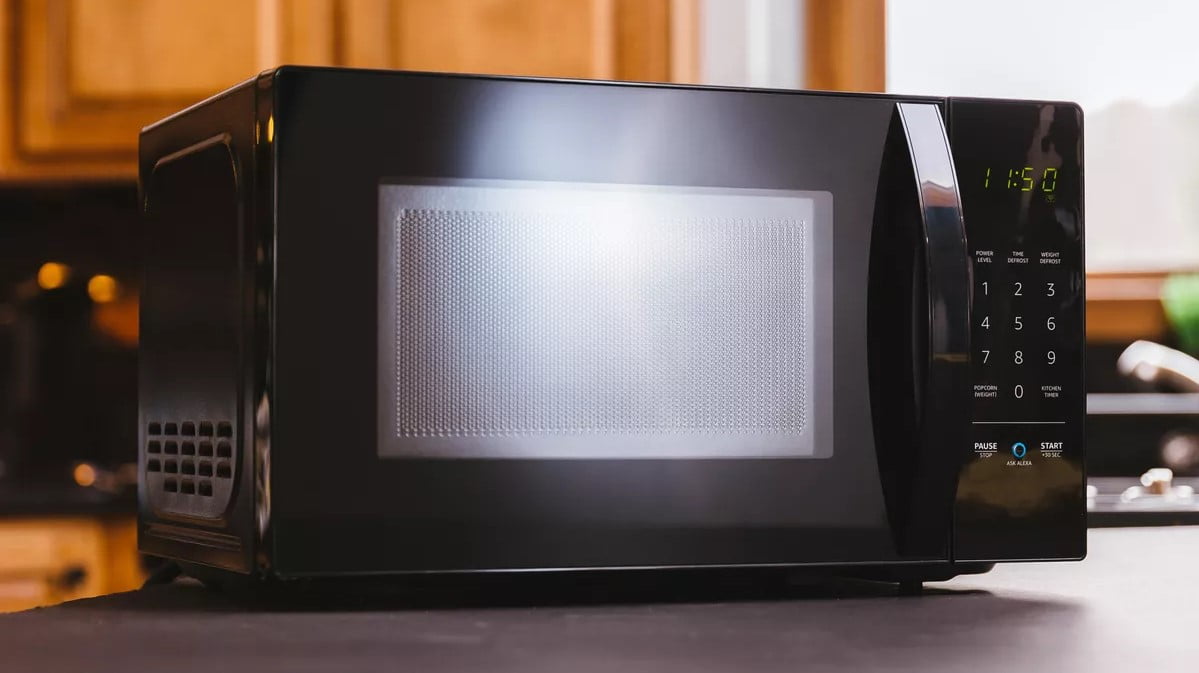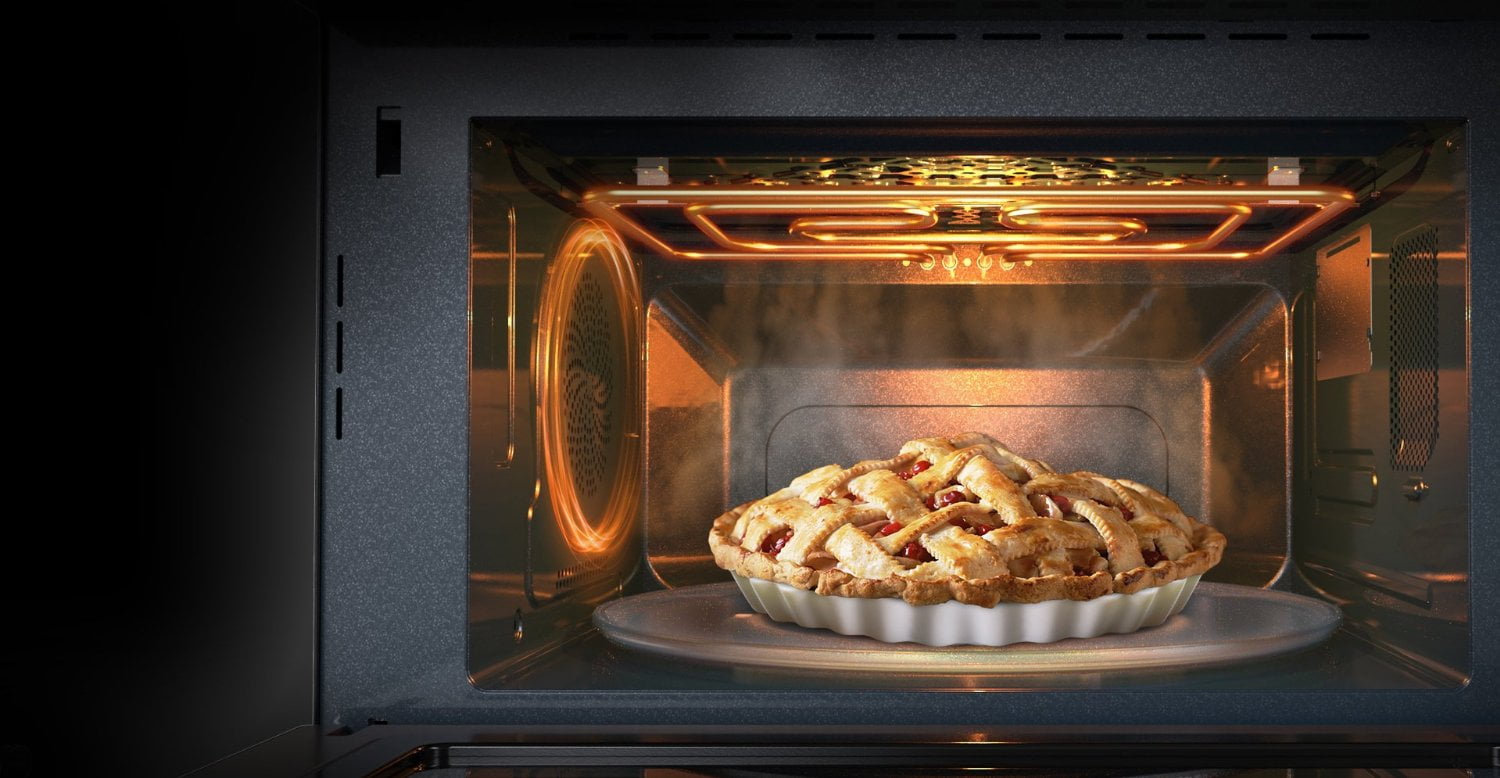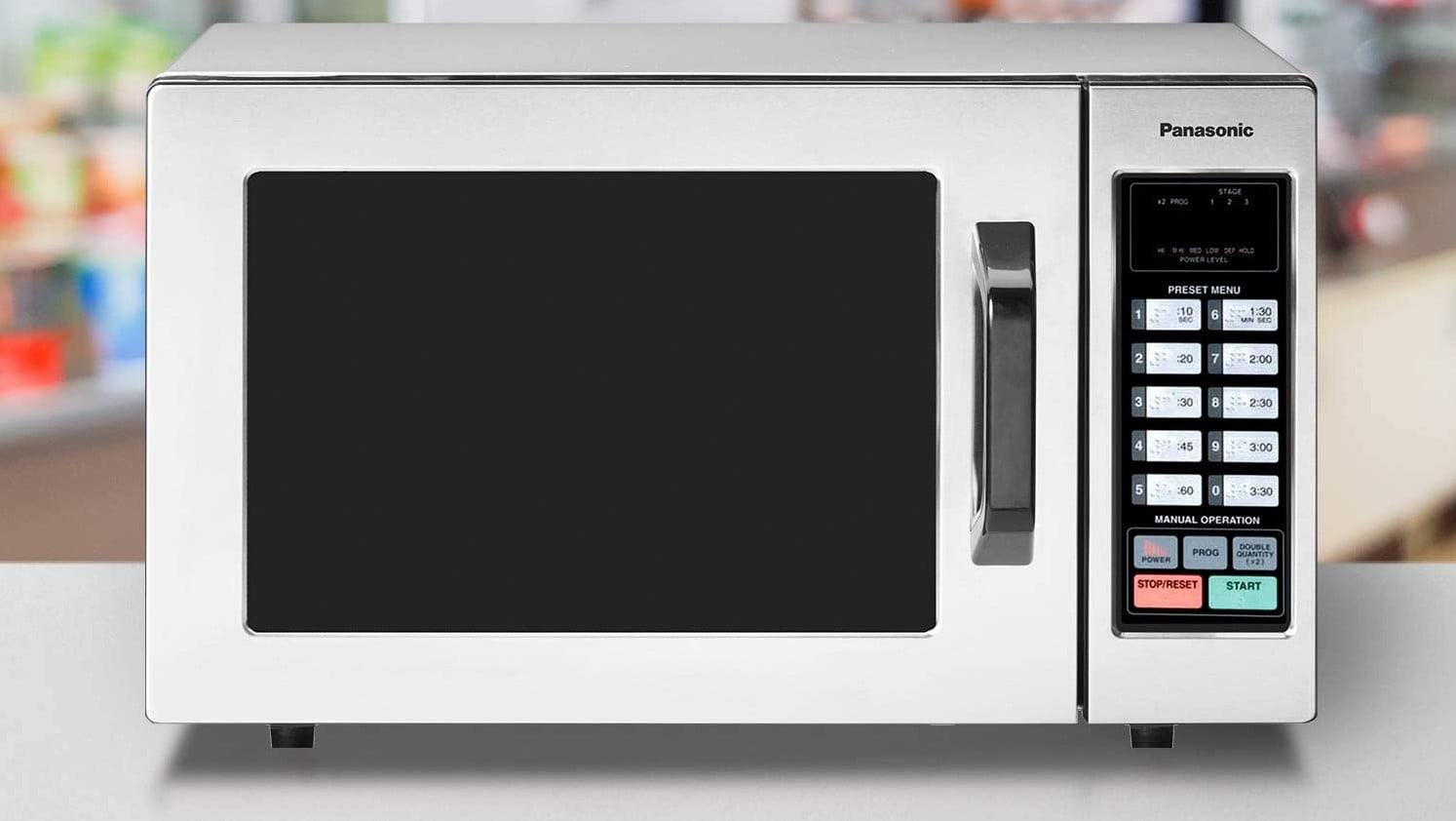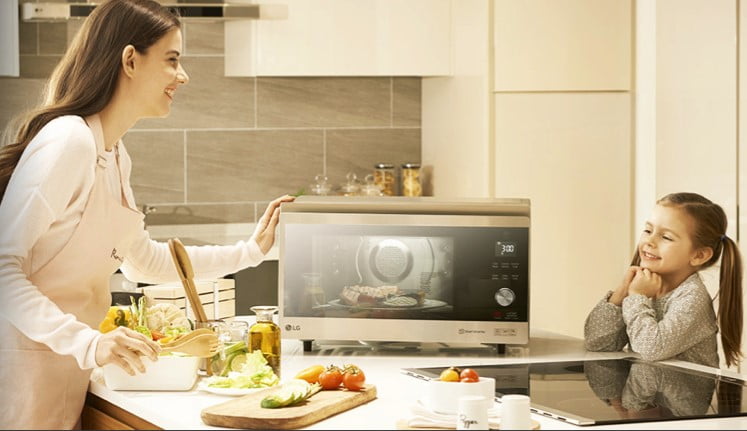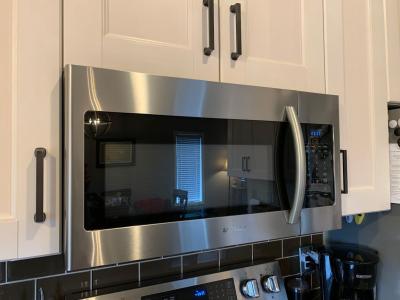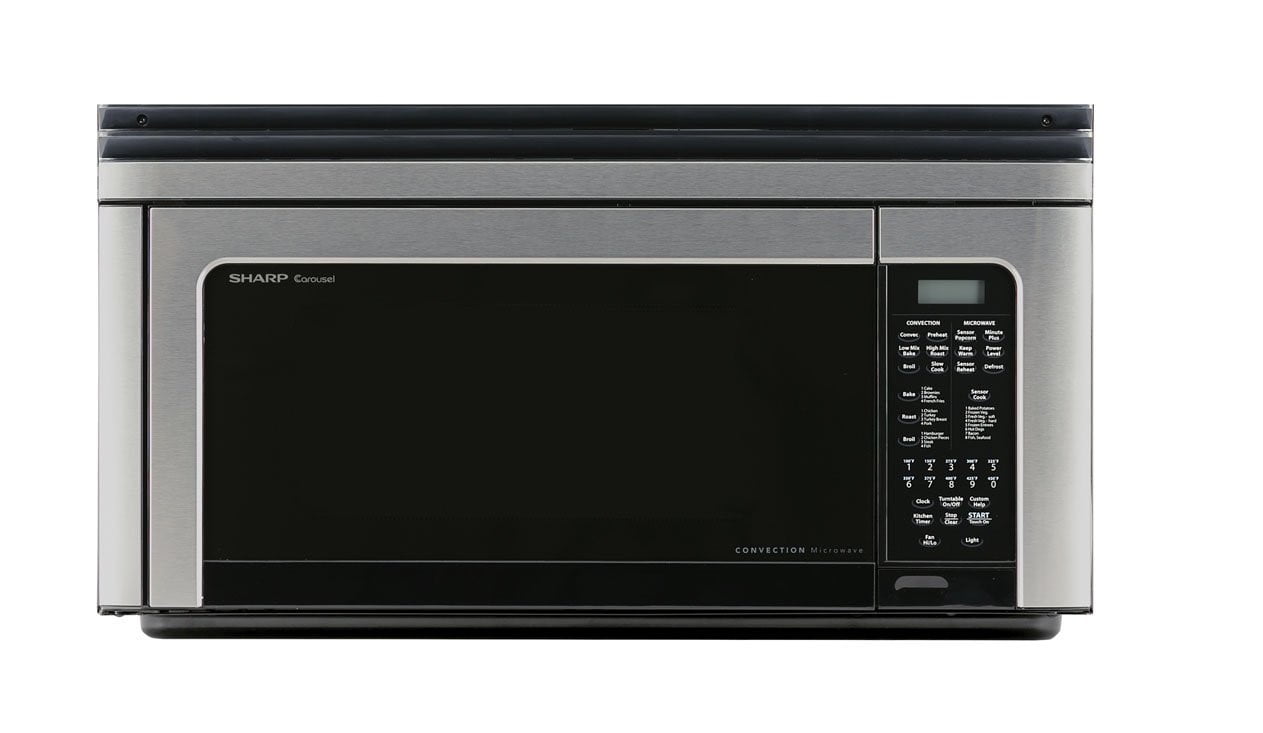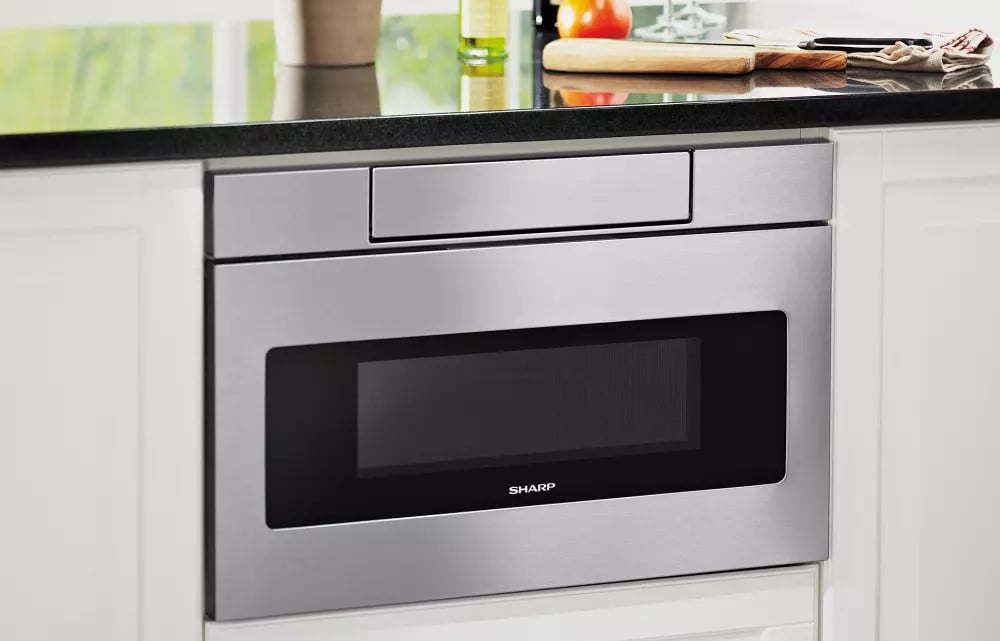If you’re wondering why some plates get hot in the microwave while others don’t, there are a few simple answers, but it’s also a good idea to learn why even the best microwave ovens seem to heat some cooking materials and not others.
KEY TAKEAWAYS:
- Trace metals in a ceramic dish or piece of stoneware and plastics or other material not manufactured for microwave heating are the most common reasons for dishes and plates getting too hot while heating in a microwave oven.
- Though many kinds of dish and plate materials will be microwave safe and not overheat during use, it’s best to be on the safe side and only use items certified to be microwave safe.
- Glassware like Corelle dishes should generally be microwave safe, but uneven temperatures during cooking can potentially cause cracks or shattering.
Why Certain Materials Become Hot in the Microwave
You’ve probably noticed if you’ve used a microwave enough (even just to reheat your dinner) that some dishes or cookware pieces become hotter than others when heating your food- sometimes hotter than seems safe. If you’re wondering why, and you’re wondering which kinds of dishes won’t get too hot, you need to understand how microwaves work, to begin with.
Insider Tip
Ceramics, stoneware, and plastics are often microwave-safe, but since some contain metals and some plastics aren’t made for microwave heating, it’s a good idea to only use dishes and plates that are certified microwave-safe.
This can also help you understand common microwave issues like the microwave running when the door is open. More complicated repairs like replacing a magnetron are also covered.
How Microwaves Heat Food
Microwaves function by a process called dielectric heating, during which microwave energy is transferred to polar water molecules. Since water is highly polarized, these waves heat water and some other polar molecules the most efficiently- making them especially great for heating food with high water content like soup or stews. Radio waves, by contrast, are low-frequency and aren’t capable of providing hot food.
Some other materials- especially metals- will reflect microwaves instead of letting them pass through or be absorbed. Things you want to heat in a microwave oven are things that absorb microwaves- such as food or water.
Microwave-Safe Materials
Microwave-Safe materials for dishes are those which allow microwaves to pass through them instead of absorbing or reflecting them. Such materials include glass, many plastics, wax paper, parchment paper, stoneware, and ceramic material- all of which are common materials cookware and Tupperware are made of. Also, though it may be obvious- be careful not to assume something is microwave safe just because it’s dishwasher safe.
Why Some Dishes and Plates Get Too Hot in Microwaves
The primary reason why some dishes and plates get too hot in microwaves is that they’re not manufactured for such use. Some kitchen ceramics and stoneware aren’t labeled “microwave safe” because they may contain trace heavy metals in their glazes which reflect heat, meaning they could crack or even explode during heating in a microwave oven.
Additionally, some plastics and paper products contain elements that can be easily melted or burned even at low microwave temperature settings. This is why it’s a must to always check that a particular dish, plate, or tray is specifically labeled “microwave-safe” before using- otherwise you’re putting the dish, the food, and the oven itself at risk.
Lastly, some earthenware dishes, plates, or plastic containers labeled “microwave safe” will still get far hotter during heating than others, likely because they still contain trace reflective or absorbing elements but are considered safe enough for microwave use. It’s not necessarily a bad thing if, for example, a ceramic plate gets very hot in the microwave- as long as it’s rated for use in such an oven, it should be fine to use- just handle it carefully, just as you would a hot glass of water or cup of coffee.
Warning
Though all glass is generally microwave safe, cracks or shattering can occur with high-temperature gradients, such as uneven cooking.
F.A.Q.S
Why do glass bowls sometimes crack when heated?
High-temperature differences in most materials can make them crack regardless of size or thickness- this is especially true of glass. While glass is generally microwave safe, heating it unevenly can cause it to shatter, even if it’s labeled as heatproof glass.
How can you tell if a plate is microwave safe?
Many microwave-safe dishes are labeled as such, but if you can’t find such a label and want to know for sure, try microwaving the dish at the same time as a cup of water. If the dish is cool and the cup of water is heated, the dish should be microwave safe.
Are porcelain plates microwave plates?
Most ceramics and stoneware, including porcelain, are microwave safe, however, some ceramics contain small or trace amounts of metal- often in the edges, finishes, or color elements- so always make sure your porcelain has no metal elements before using it.
STAT: A recent study found that 32% of respondents assume “microwave safe” means that a dish or plate won’t leach harmful chemicals or other substances into food. (source)
STAT: About 34% of microwave-related injuries are children, though few are due to microwave radiation. (source)
STAT: When purchasing ceramicware, 98% of consumers look for items labeled microwave-safe. (source)
REFERENCES:
- https://www.mdpi.com/1420-3049/25/18/4140/htm
- https://www.sciencedirect.com/science/article/abs/pii/S0065262808600828
- https://www.youtube.com/watch?v=kp33ZprO0Ck&ab_channel=engineerguyr
- https://link.springer.com/chapter/10.1007/978-1-4615-5813-2_19
- https://www.goodhousekeeping.com/cooking-tools/a19184/microwave-safe-investigation/
- https://www.youtube.com/watch?v=Ga9CuQk5miY&ab_channel=AskAboutCELEBS
- https://en.wikipedia.org/wiki/Microwave_oven

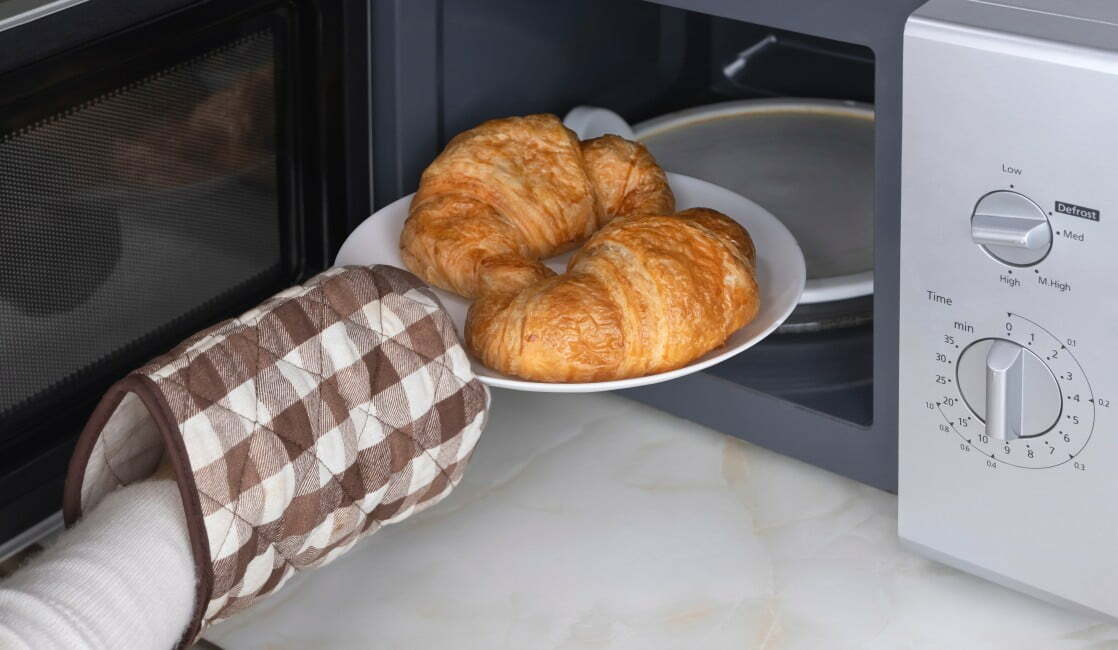













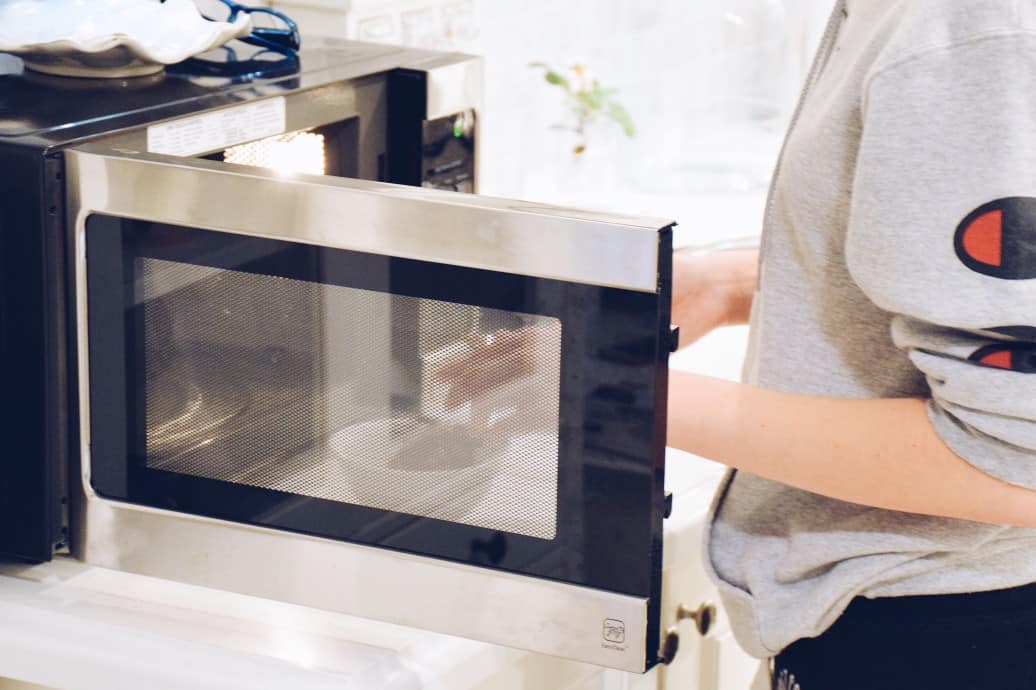
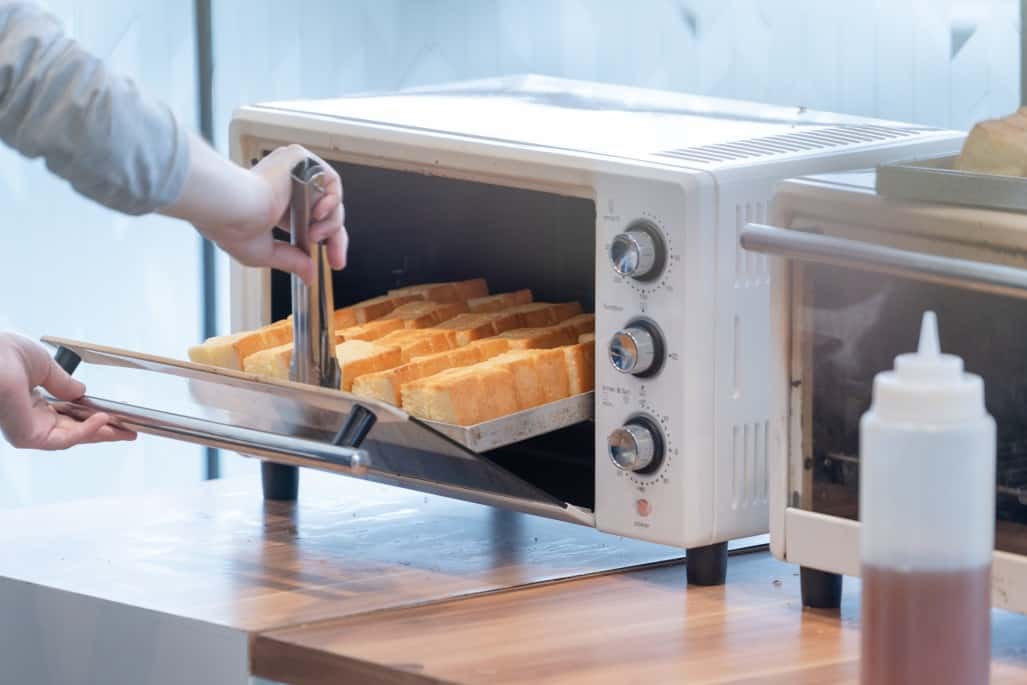
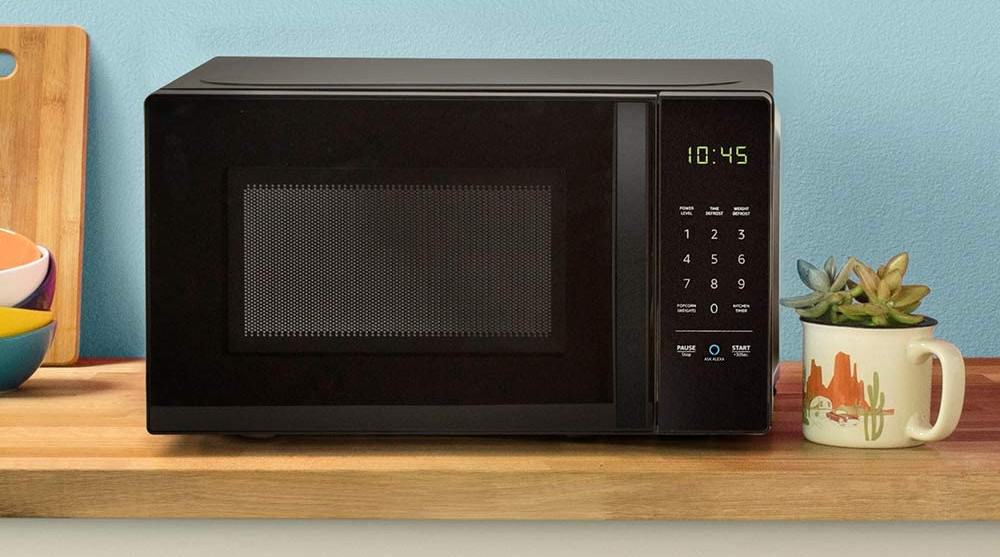
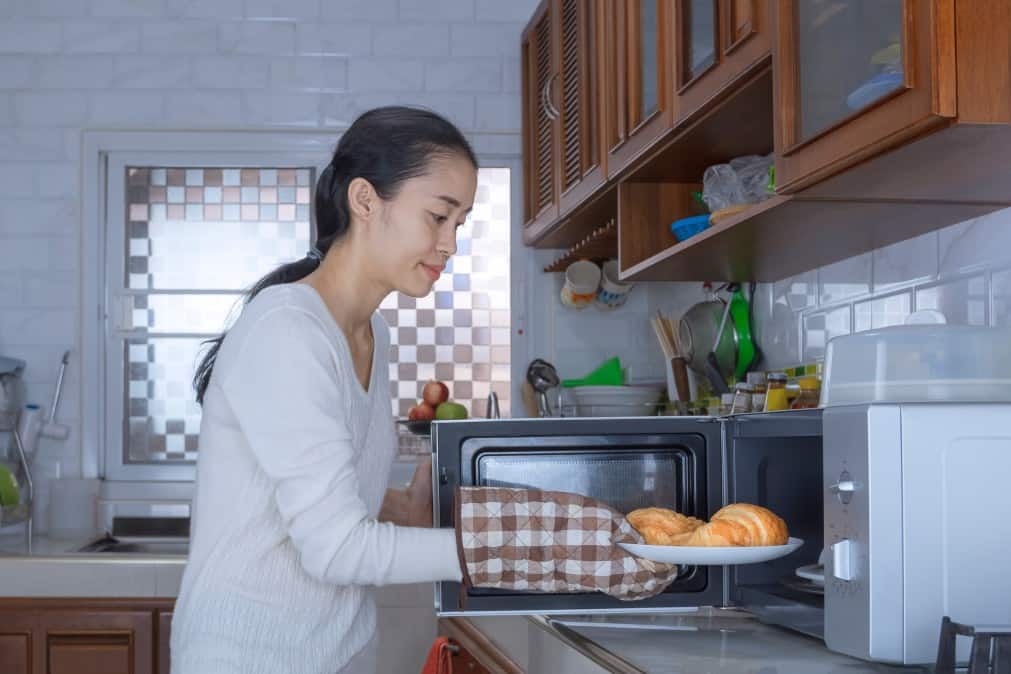
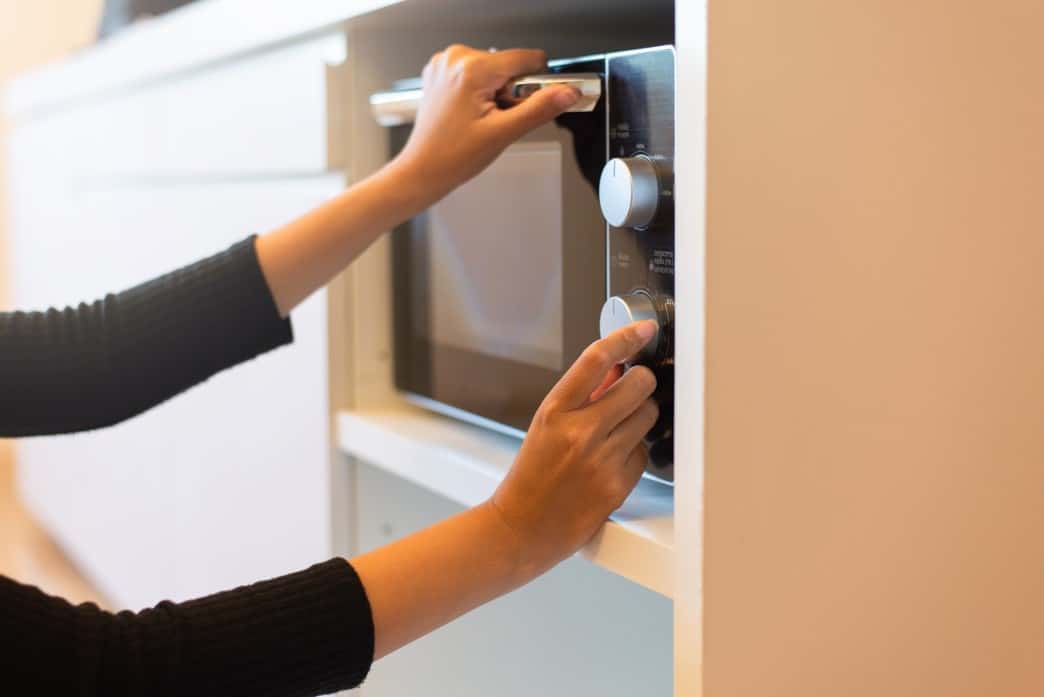
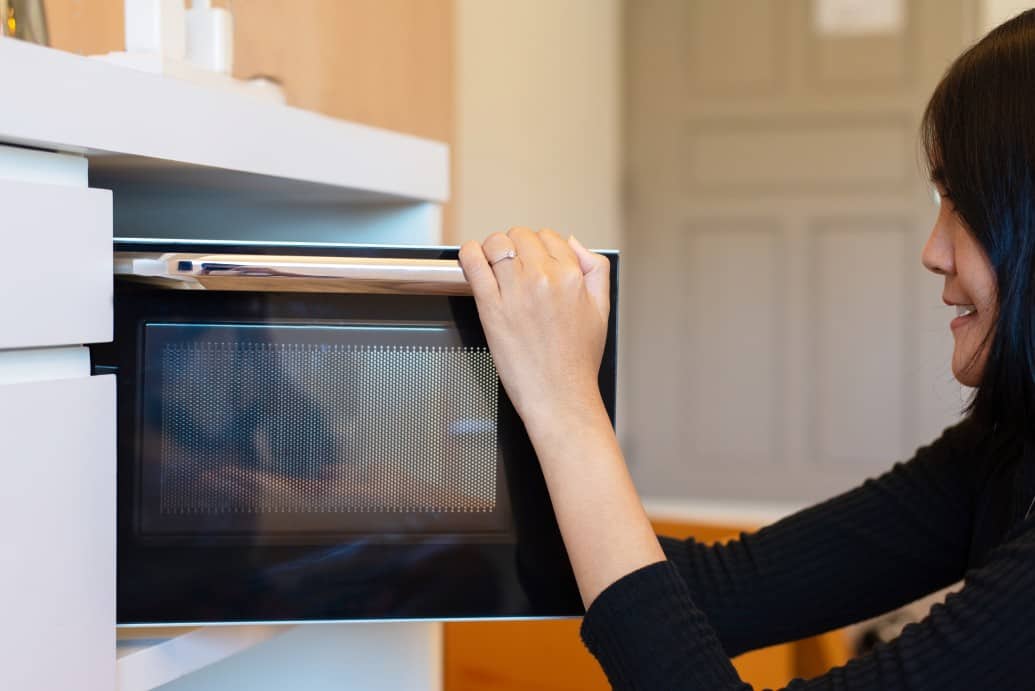
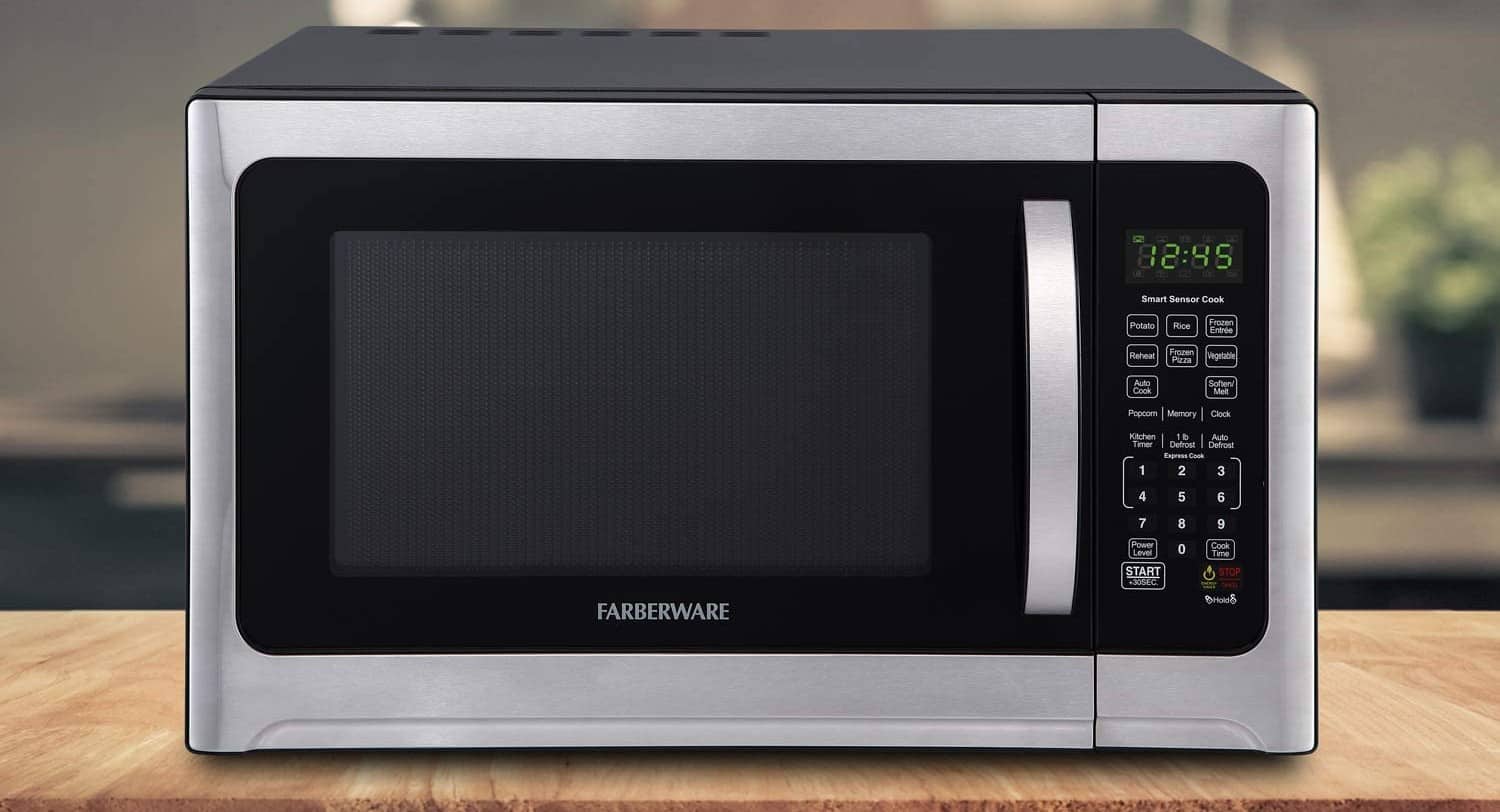
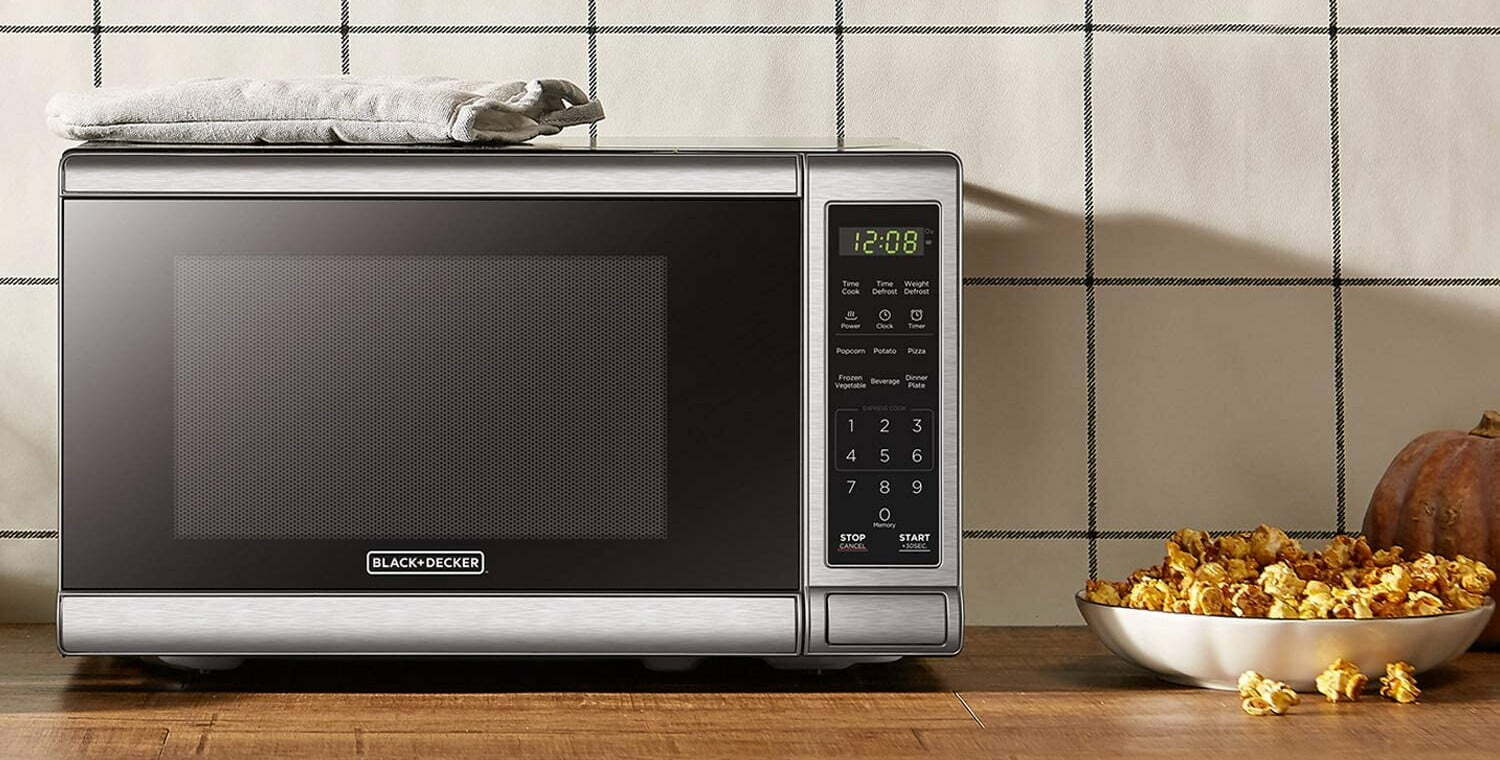
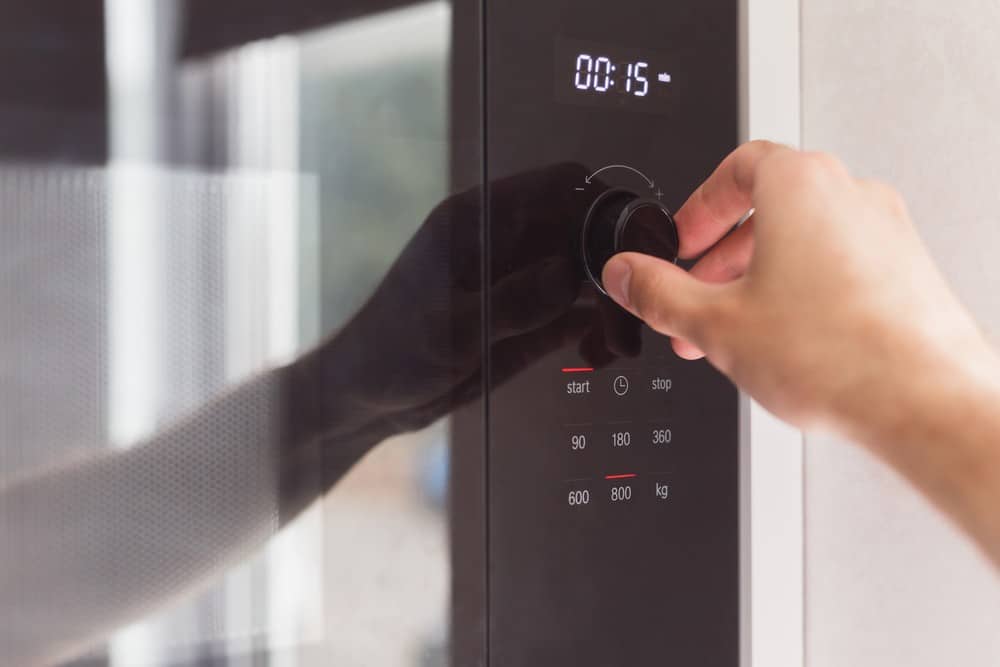
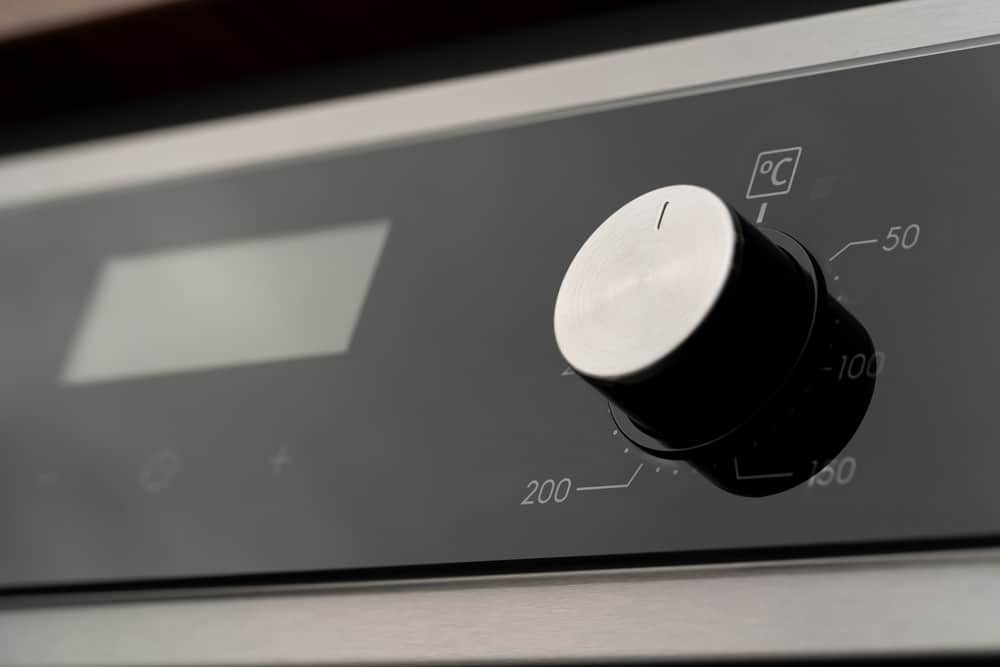
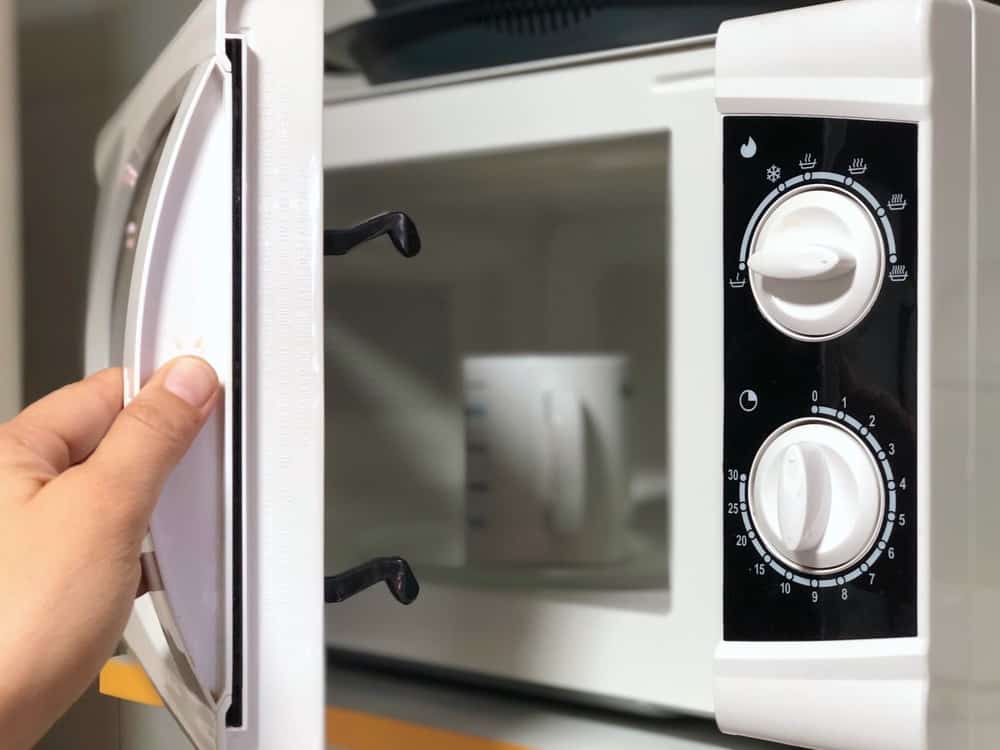
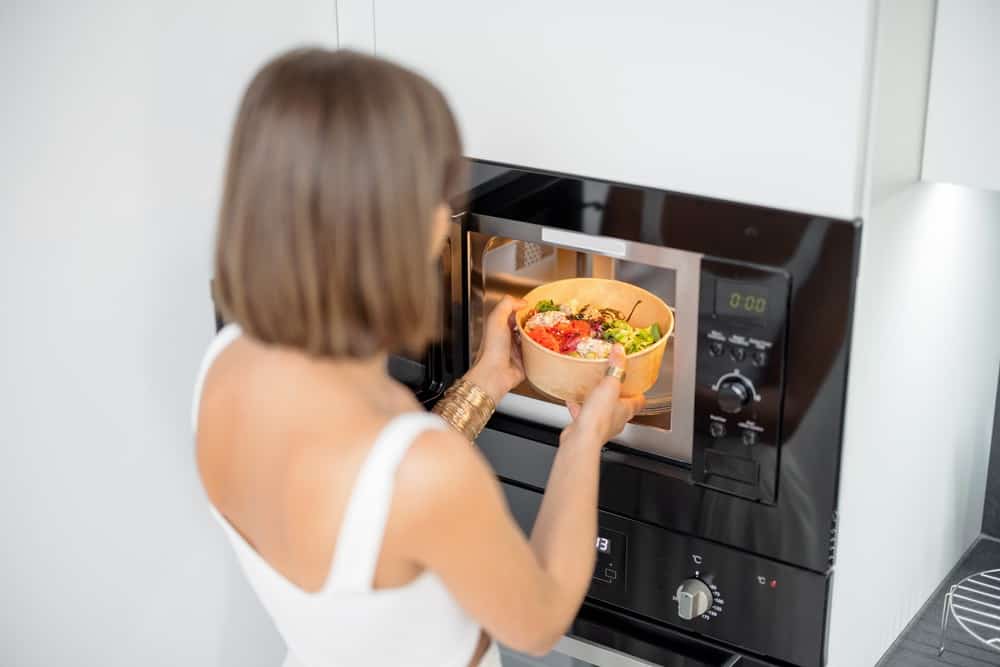
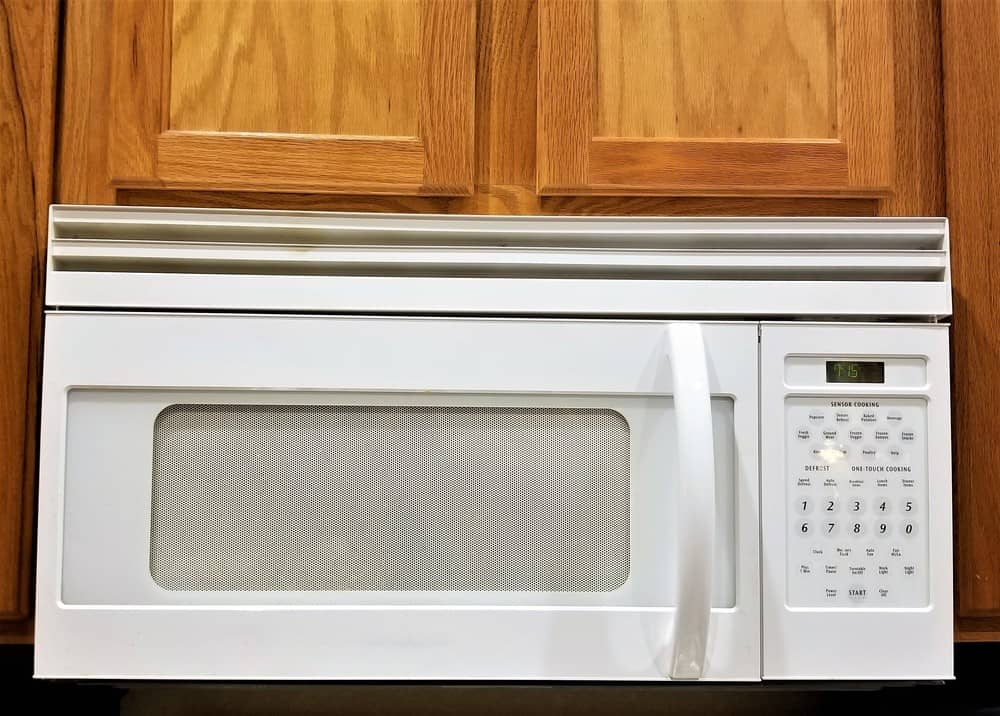
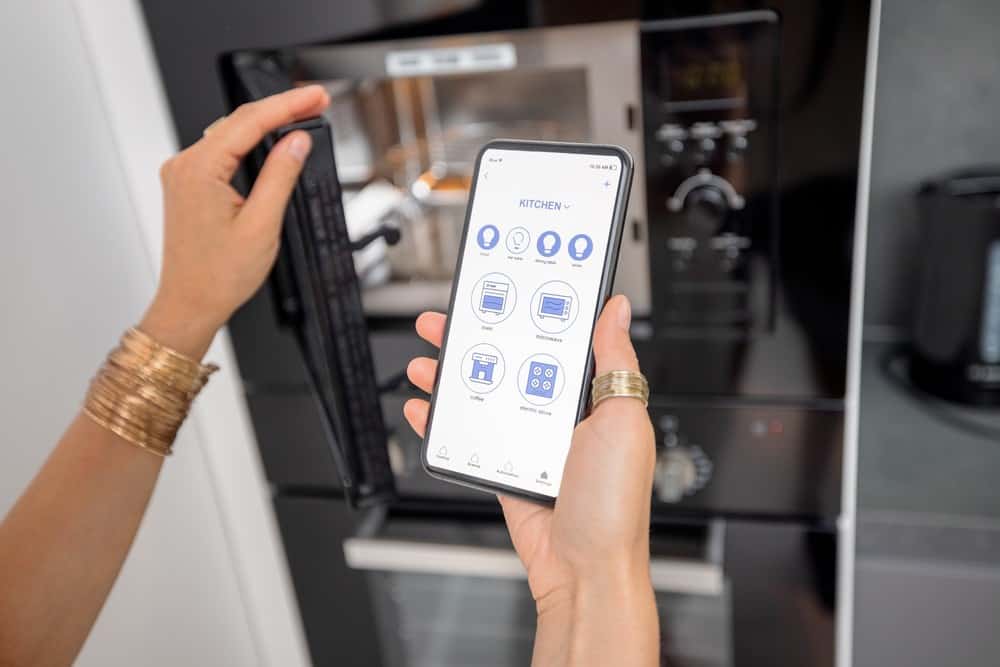
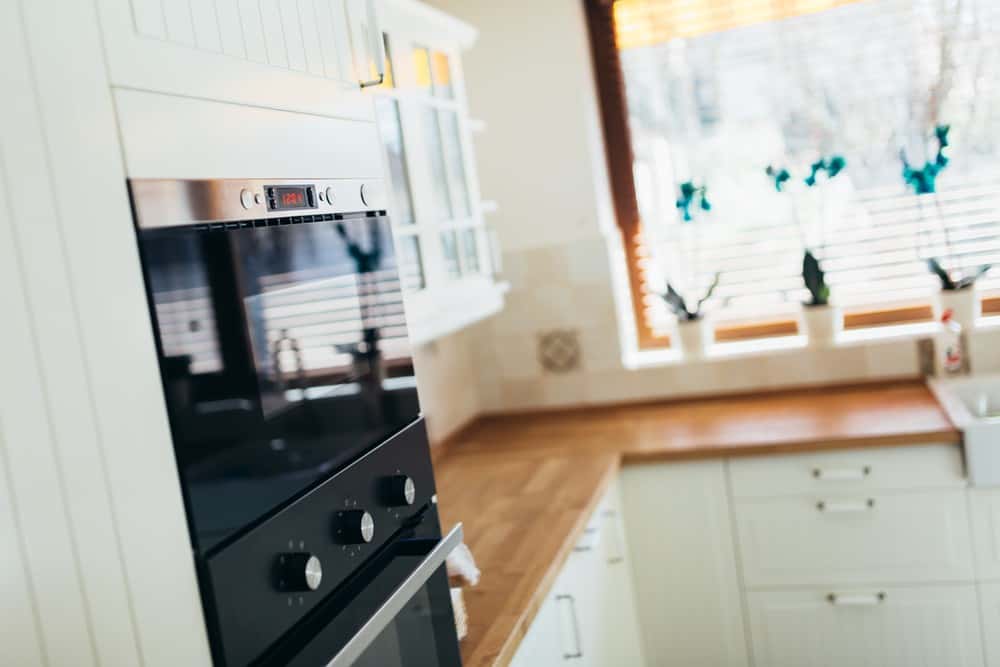
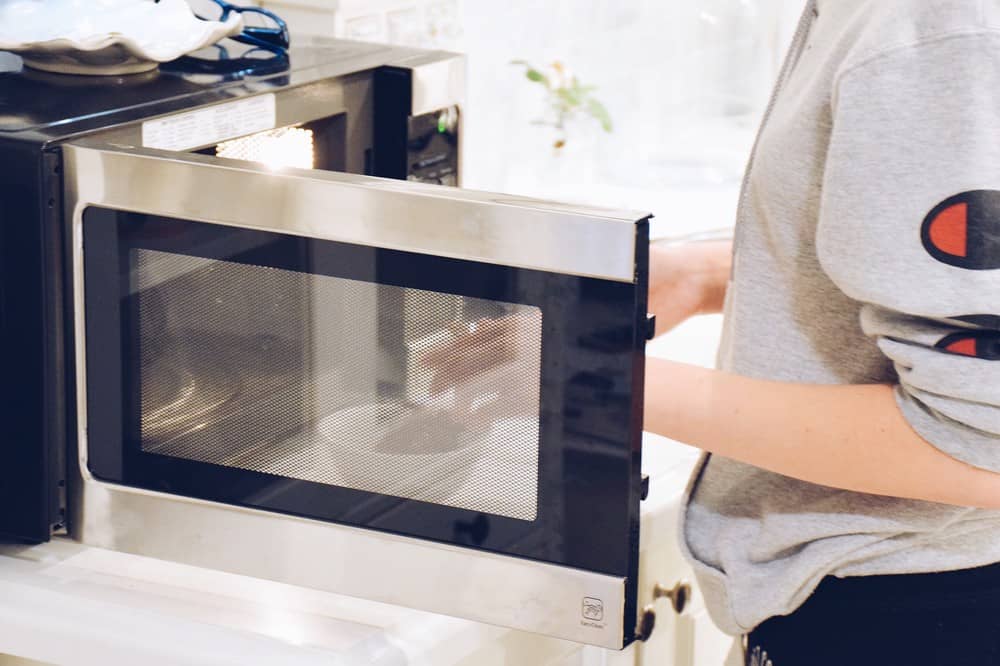

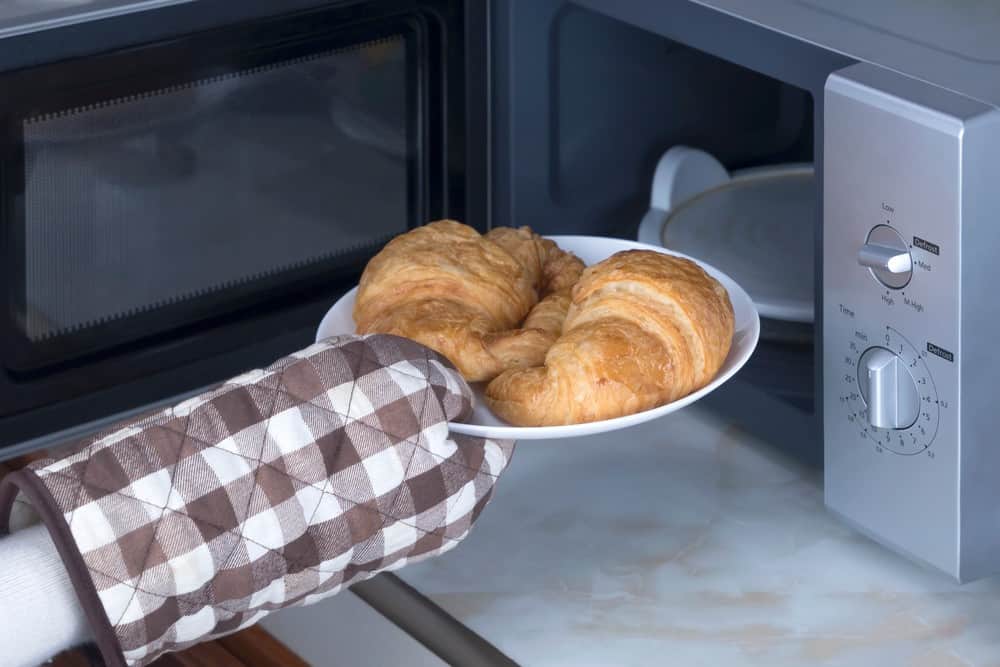
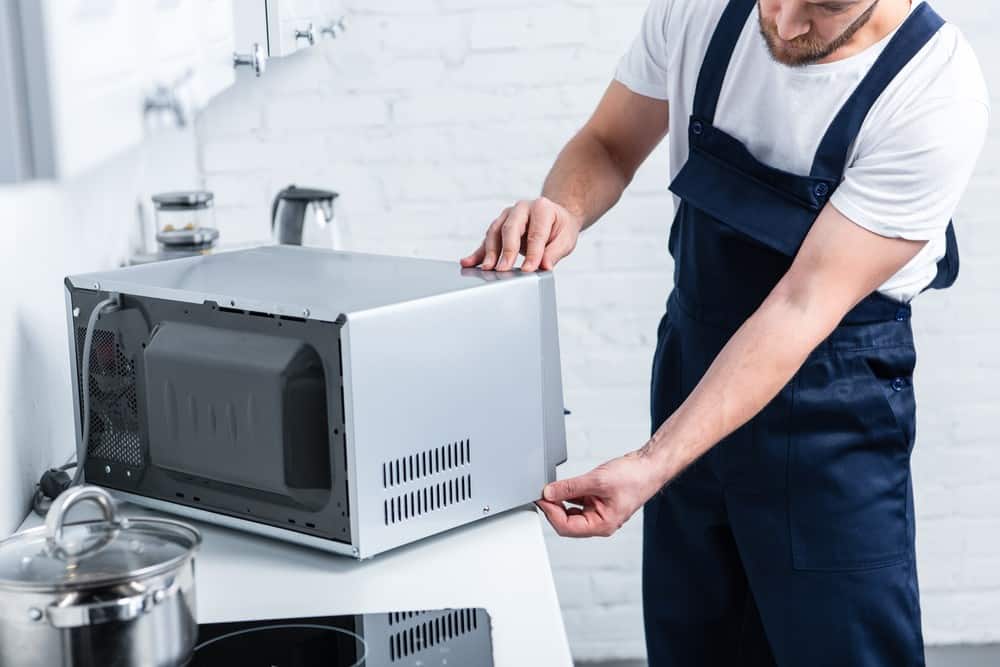
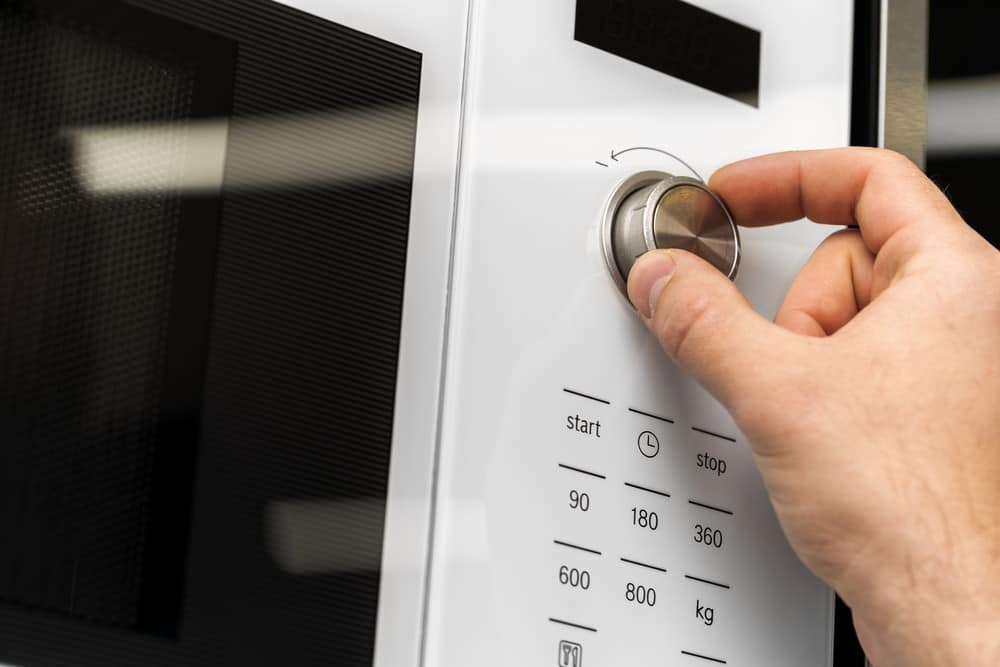
![Best Kitchen Appliances in [year] ([month] Reviews) 27 Best Kitchen Appliances in 2025 (December Reviews)](https://www.gadgetreview.dev/wp-content/uploads/best-kitchen-appliances.jpg)
![Best Whirlpool Microwaves in [year] 28 Best Whirlpool Microwaves in 2025](https://www.gadgetreview.dev/wp-content/uploads/best-whirlpool-microwaves-image.jpg)
![Best Microwave Drawers in [year] 29 Best Microwave Drawers in 2025](https://www.gadgetreview.dev/wp-content/uploads/best-microwave-drawer-image.jpg)
![Best Quiet Microwaves in [year] 30 Best Quiet Microwaves in 2025](https://www.gadgetreview.dev/wp-content/uploads/best-quiet-microwave-image.jpg)
![Best LG Microwaves in [year] 31 Best LG Microwaves in 2025](https://www.gadgetreview.dev/wp-content/uploads/best-lg-microwaves-image.jpg)
![Best Microwaves in [year] ([month] Reviews) 32 Best Microwaves in 2025 (December Reviews)](https://www.gadgetreview.dev/wp-content/uploads/best-microwaves-image.jpg)
![Best Over the Range Convection Microwaves in [year] 33 Best Over the Range Convection Microwaves in 2025](https://www.gadgetreview.dev/wp-content/uploads/best-over-the-range-convection-microwave-image.jpg)
![Best Retro Microwaves in [year] 34 Best Retro Microwaves in 2025](https://www.gadgetreview.dev/wp-content/uploads/best-retro-microwave-image.jpg)
![Best GE Microwaves in [year] 35 Best GE Microwaves in 2025](https://www.gadgetreview.dev/wp-content/uploads/best-ge-microwaves-image..jpg)
![10 Best Samsung Microwaves in [year] 36 10 Best Samsung Microwaves in 2025](https://www.gadgetreview.dev/wp-content/uploads/best-samsung-microwaves-image.jpg)
![10 Best Microwaves for Seniors in [year] 37 10 Best Microwaves for Seniors in 2025](https://www.gadgetreview.dev/wp-content/uploads/best-microwaves-seniors-image.jpg)
![10 Best Microwave Toaster Oven Combo in [year] 38 10 Best Microwave Toaster Oven Combo in 2025](https://www.gadgetreview.dev/wp-content/uploads/best-microwave-toaster-oven-combo-scaled-1.jpg)
![10 Best Panasonic Microwaves in [year] 39 10 Best Panasonic Microwaves in 2025](https://www.gadgetreview.dev/wp-content/uploads/best-panasonic-microwaves.jpg)
![10 Best Microwaves for College Dorms in [year] 40 10 Best Microwaves for College Dorms in 2025](https://www.gadgetreview.dev/wp-content/uploads/best-microwaves-for-college-dorms.jpg)
![10 Best Compact Microwaves in [year] 41 10 Best Compact Microwaves in 2025](https://www.gadgetreview.dev/wp-content/uploads/best-compact-microwave-image.jpg)
![10 Best Convection Microwave Ovens in [year] 42 10 Best Convection Microwave Ovens in 2025](https://www.gadgetreview.dev/wp-content/uploads/best-convection-microwave-oven-image.jpg)
![10 Best Built In Microwaves in [year] 43 10 Best Built In Microwaves in 2025](https://www.gadgetreview.dev/wp-content/uploads/best-built-in-microwave-image.jpg)
